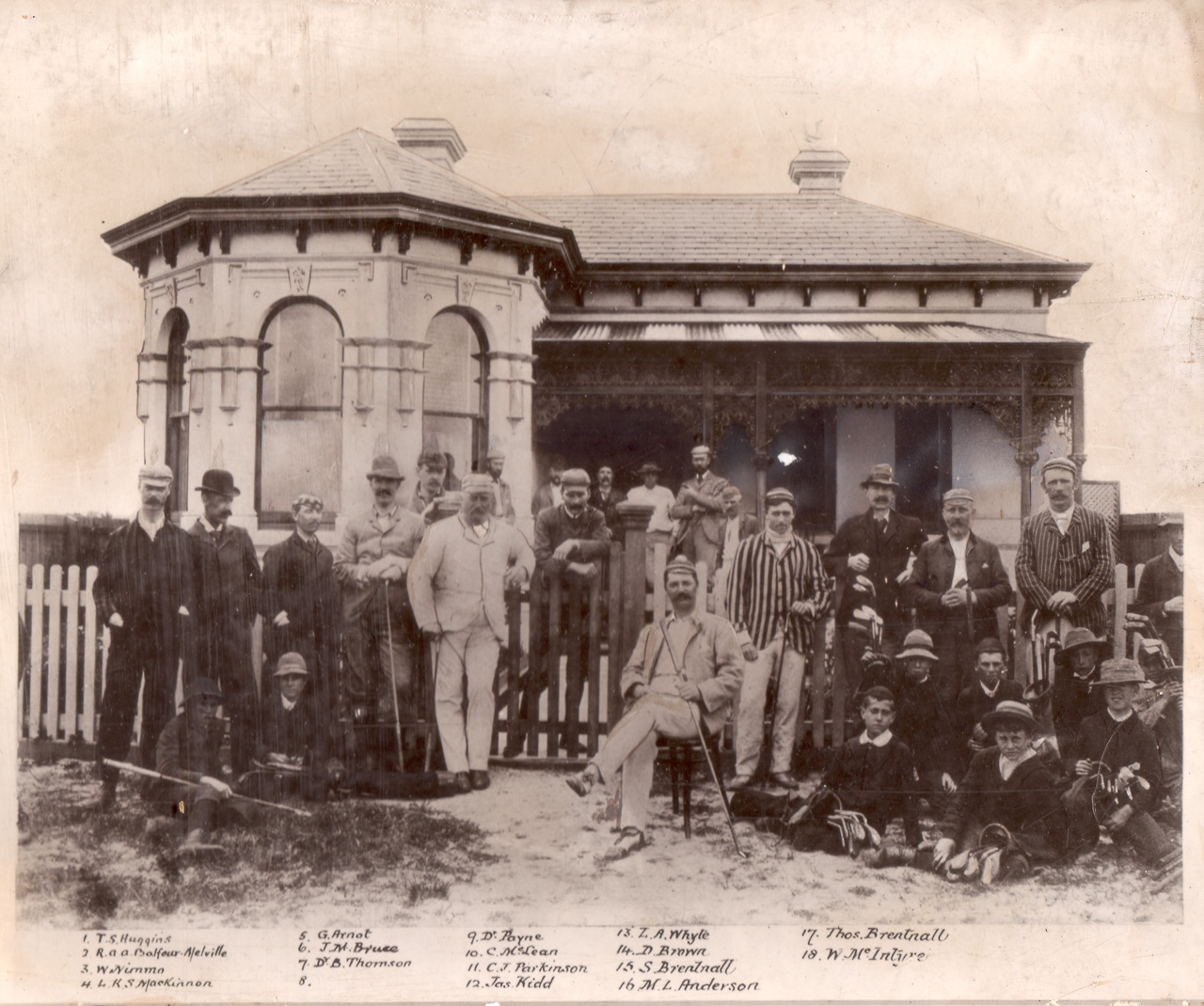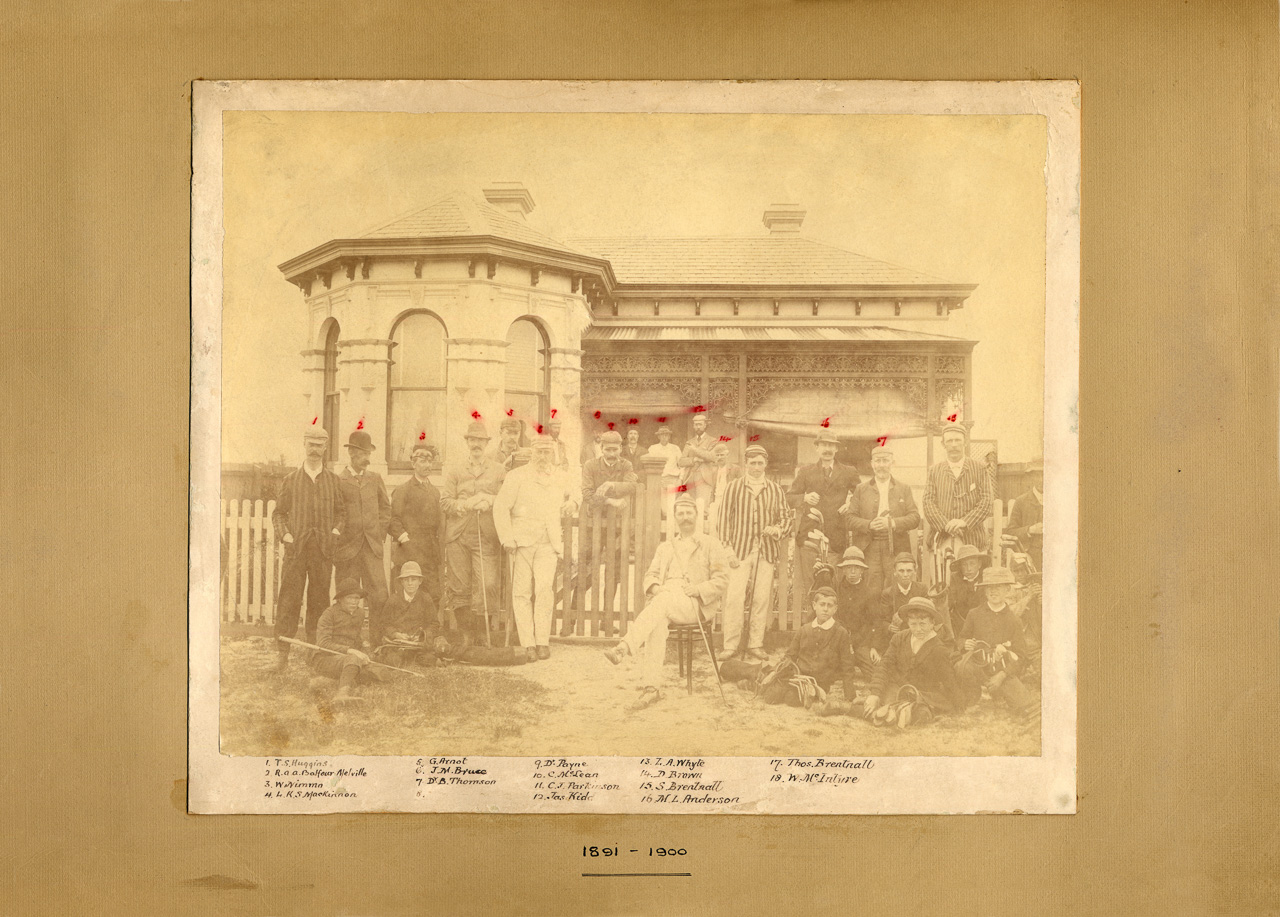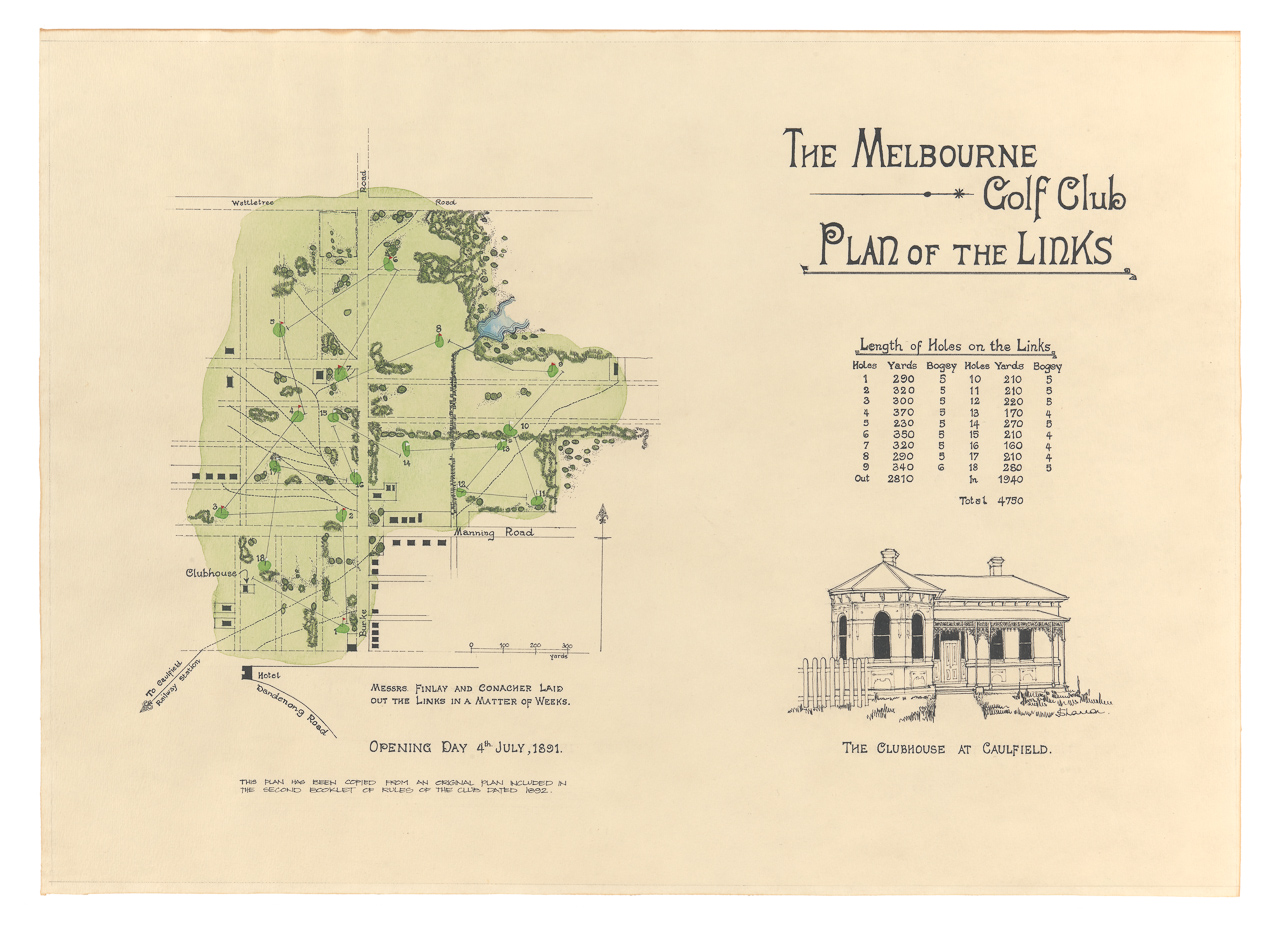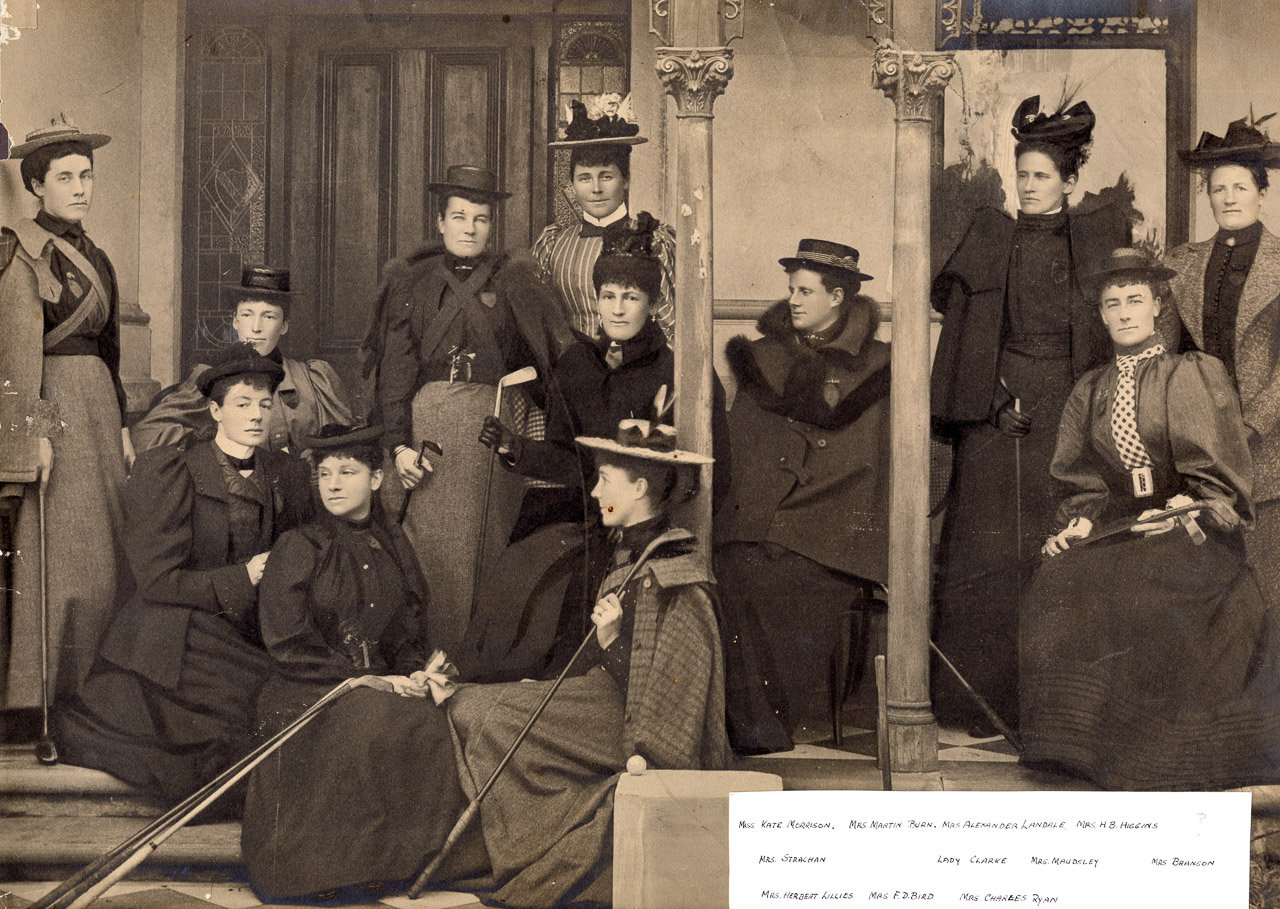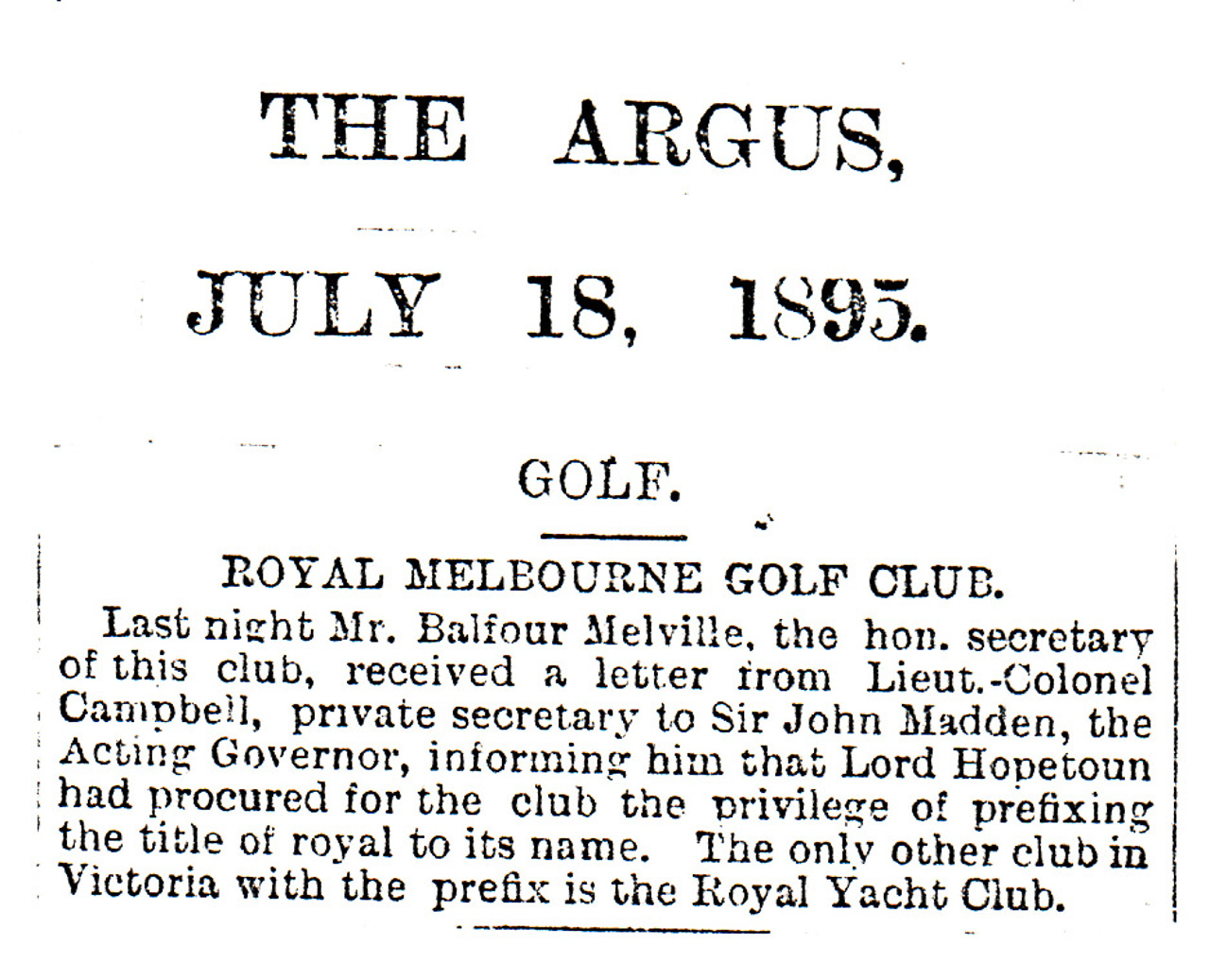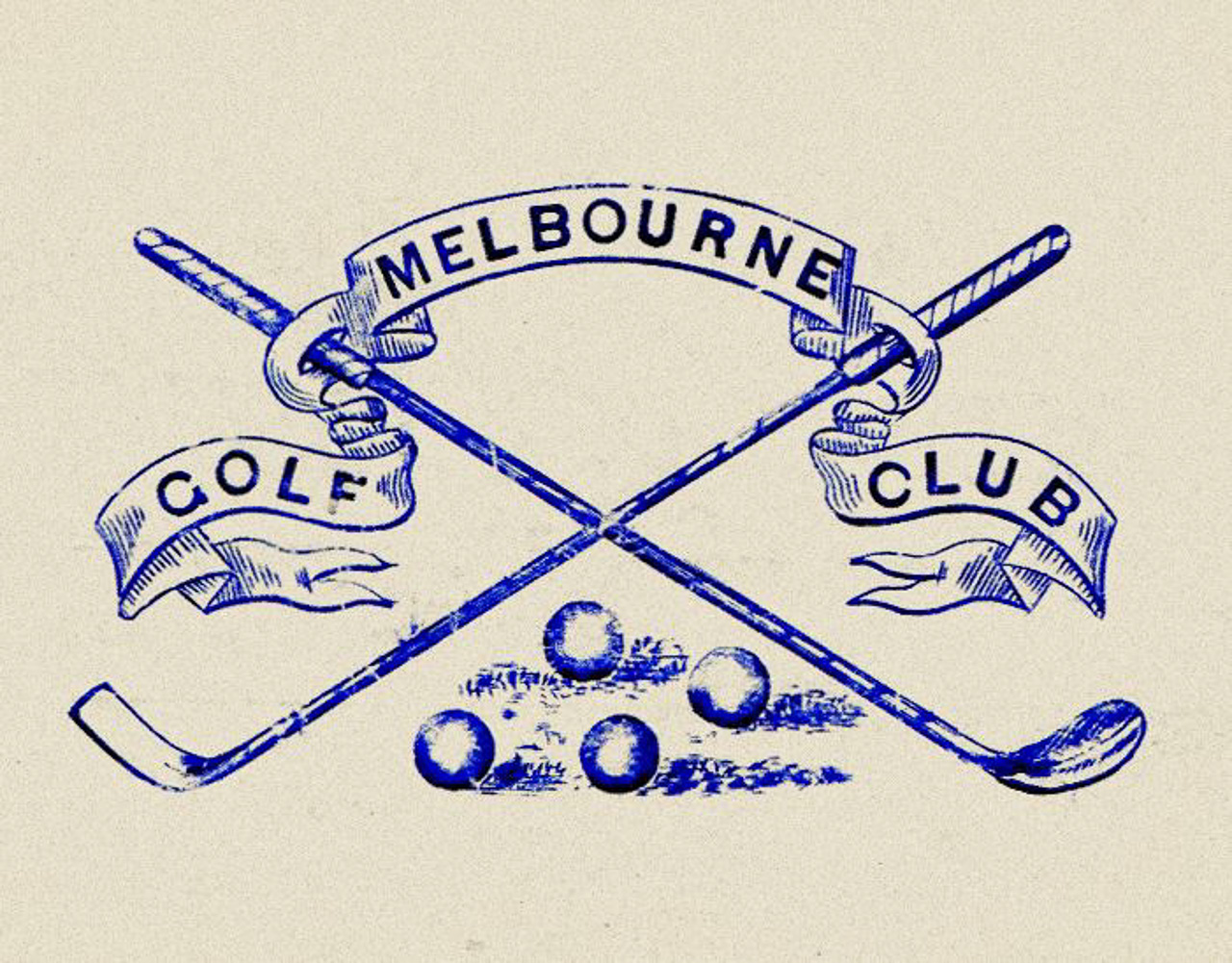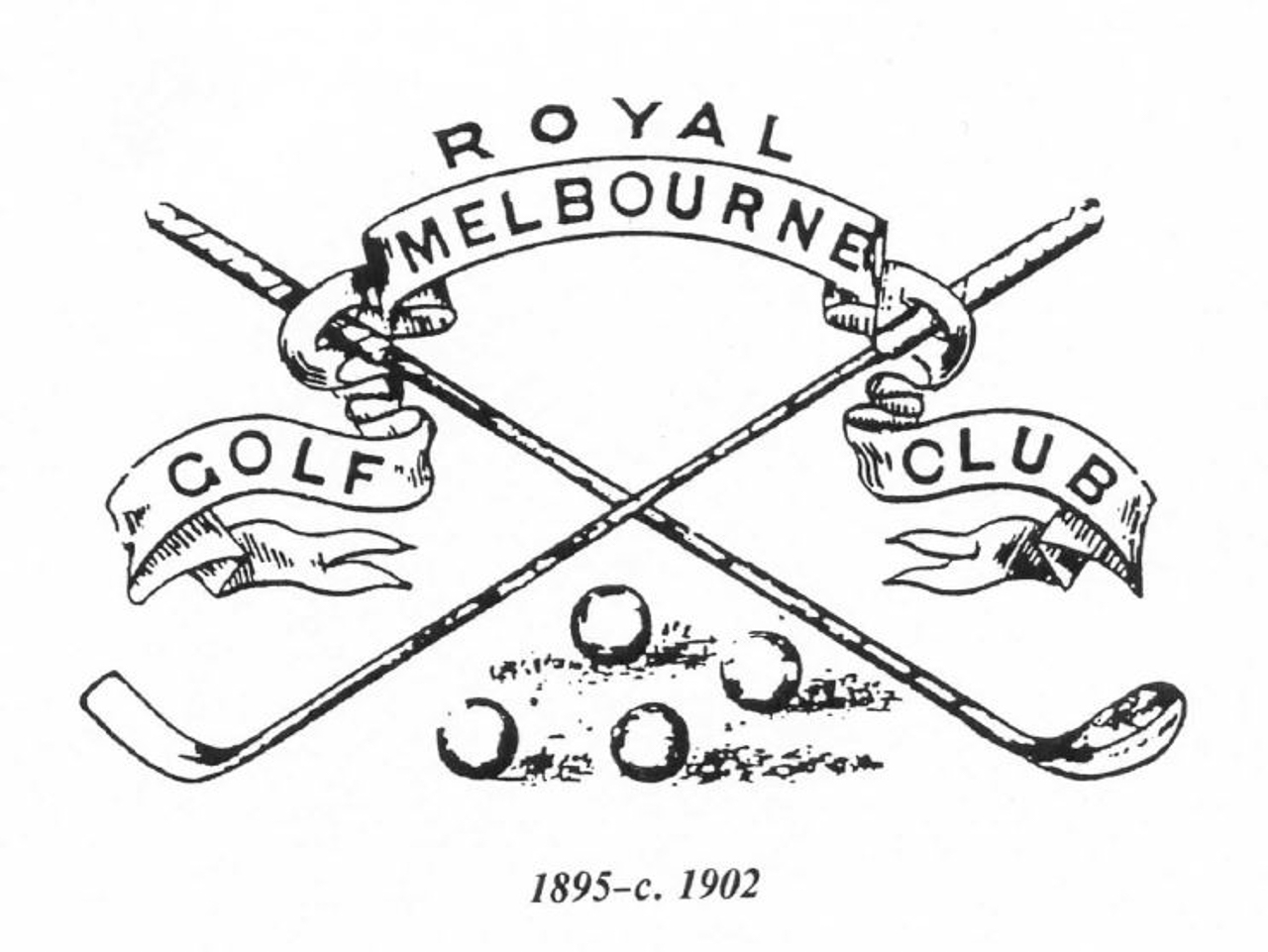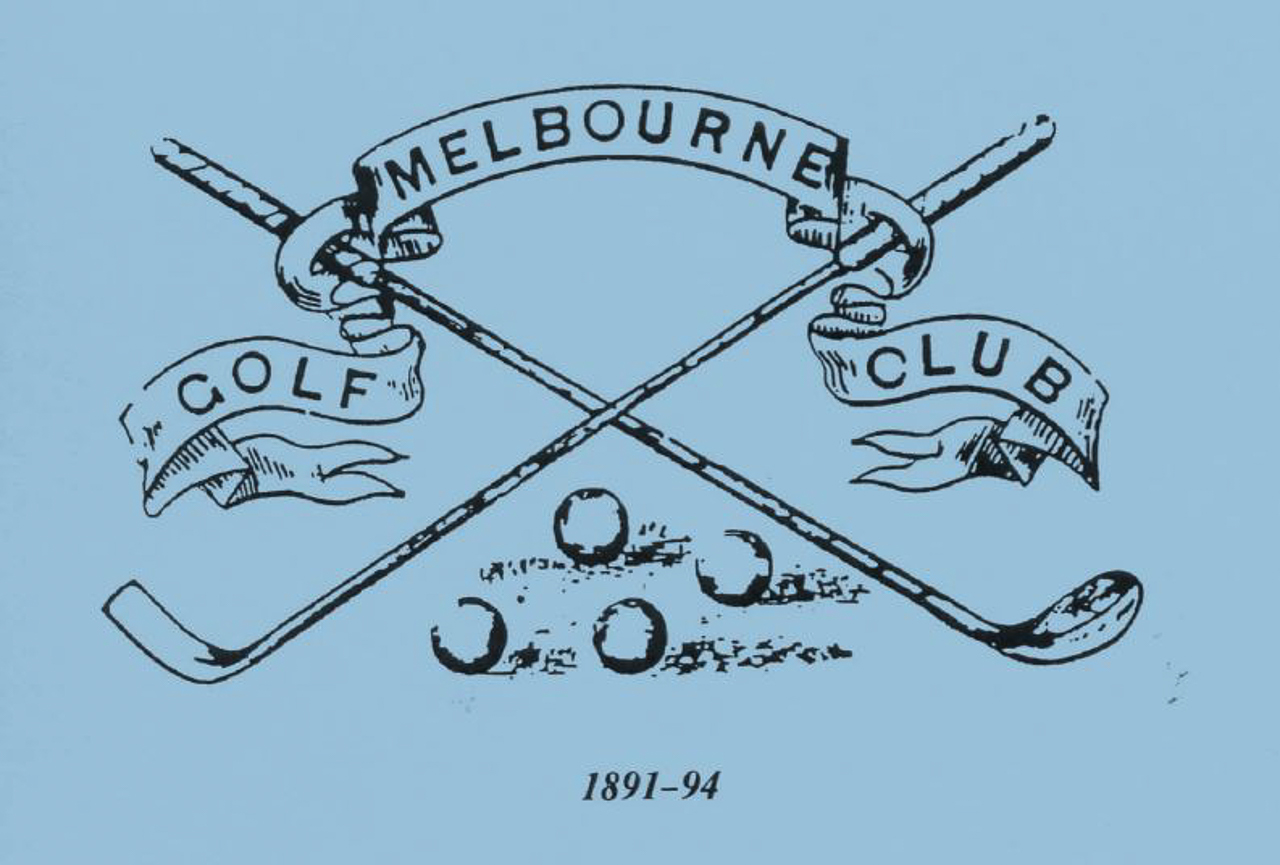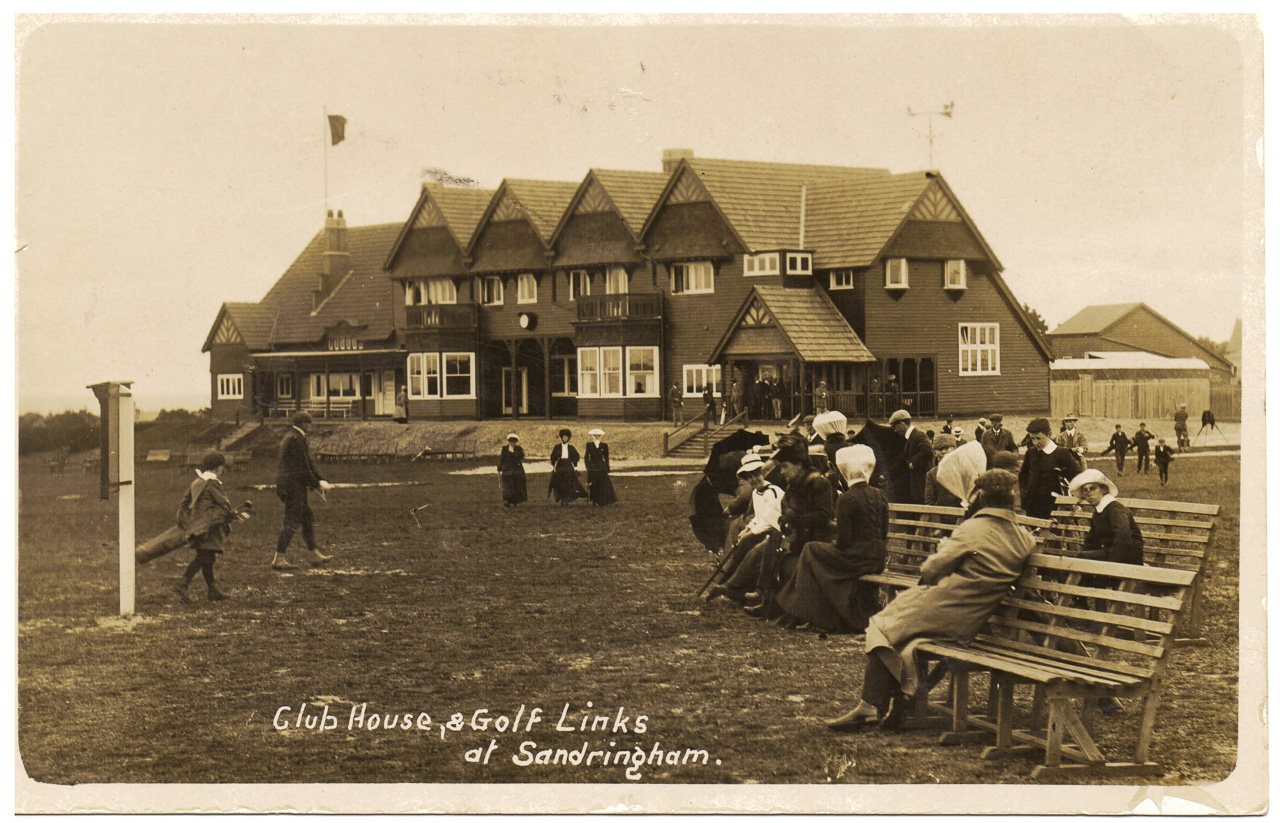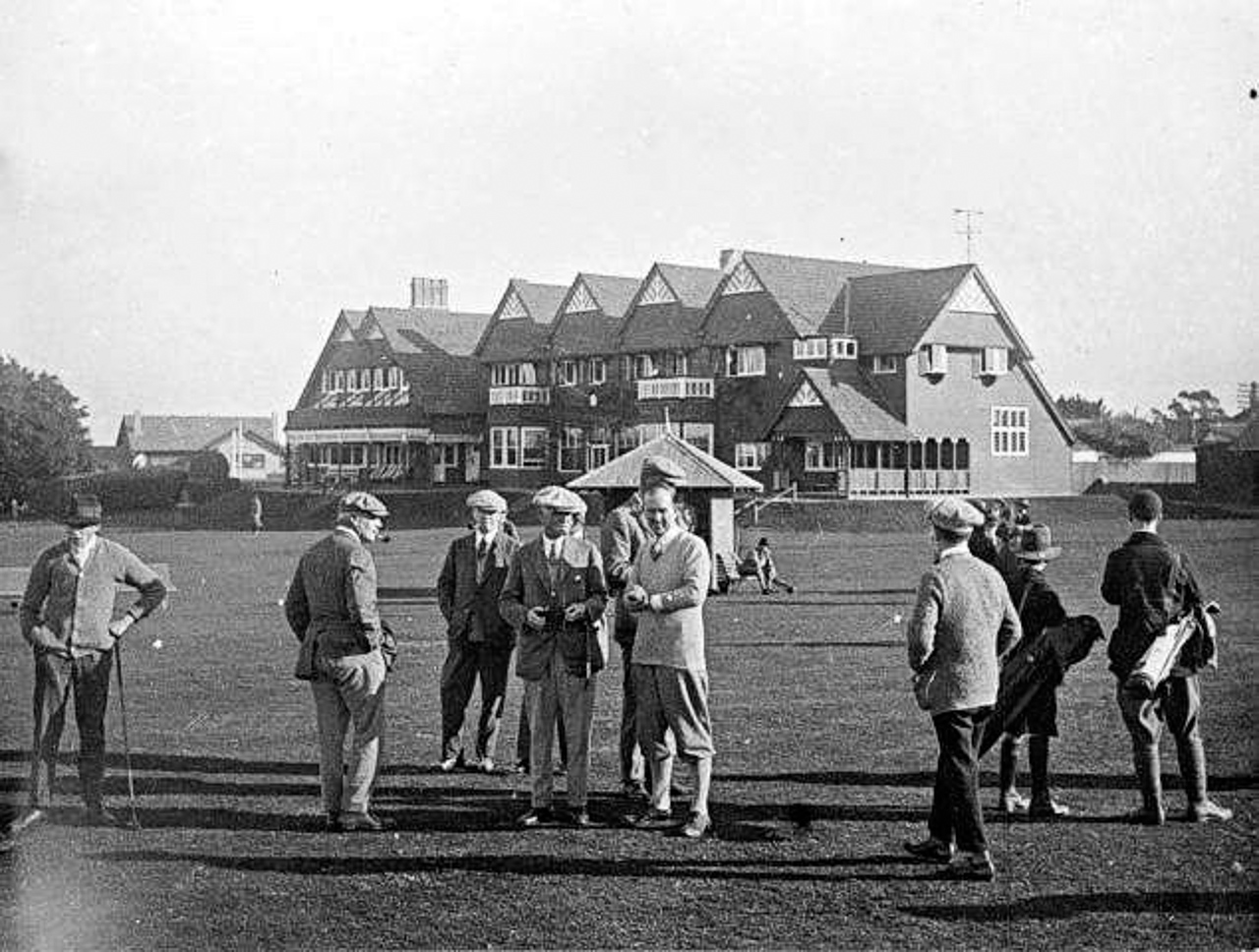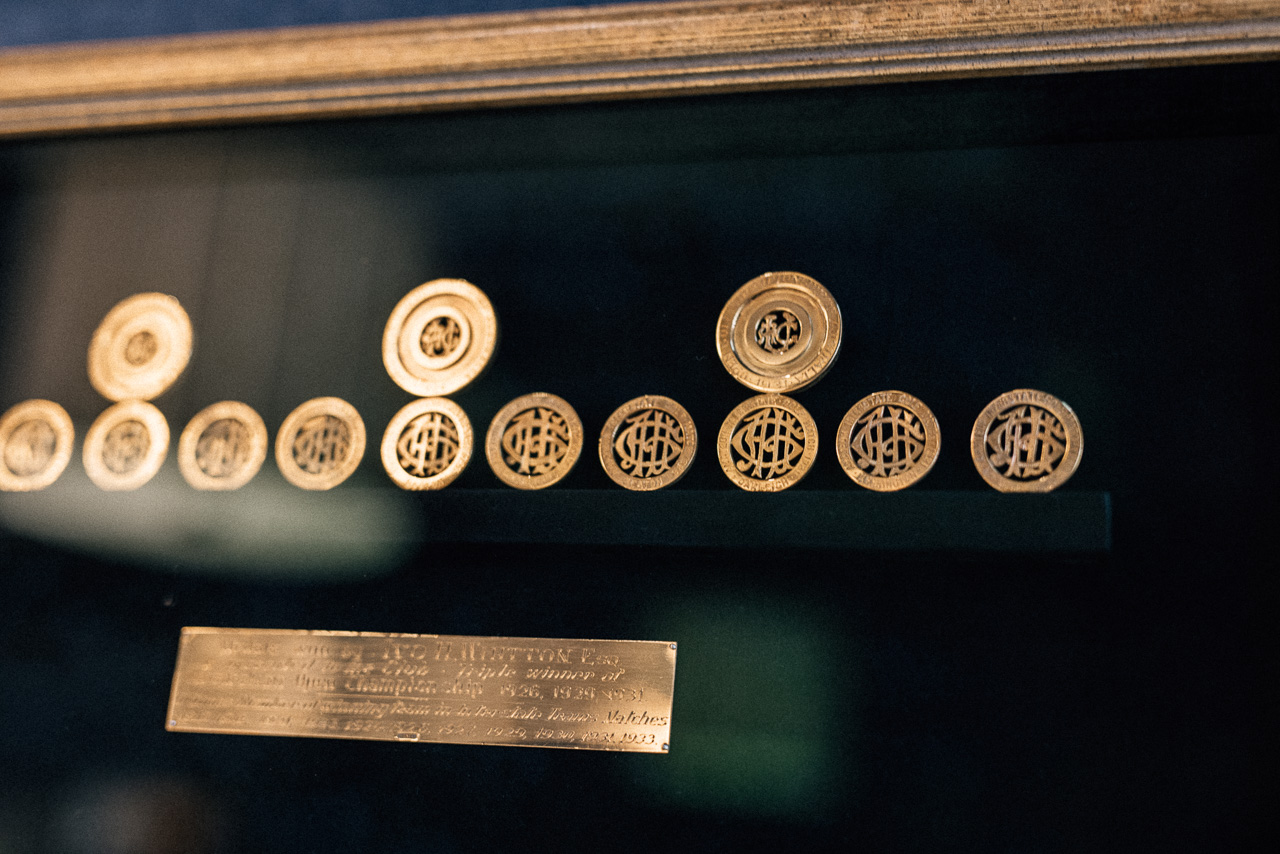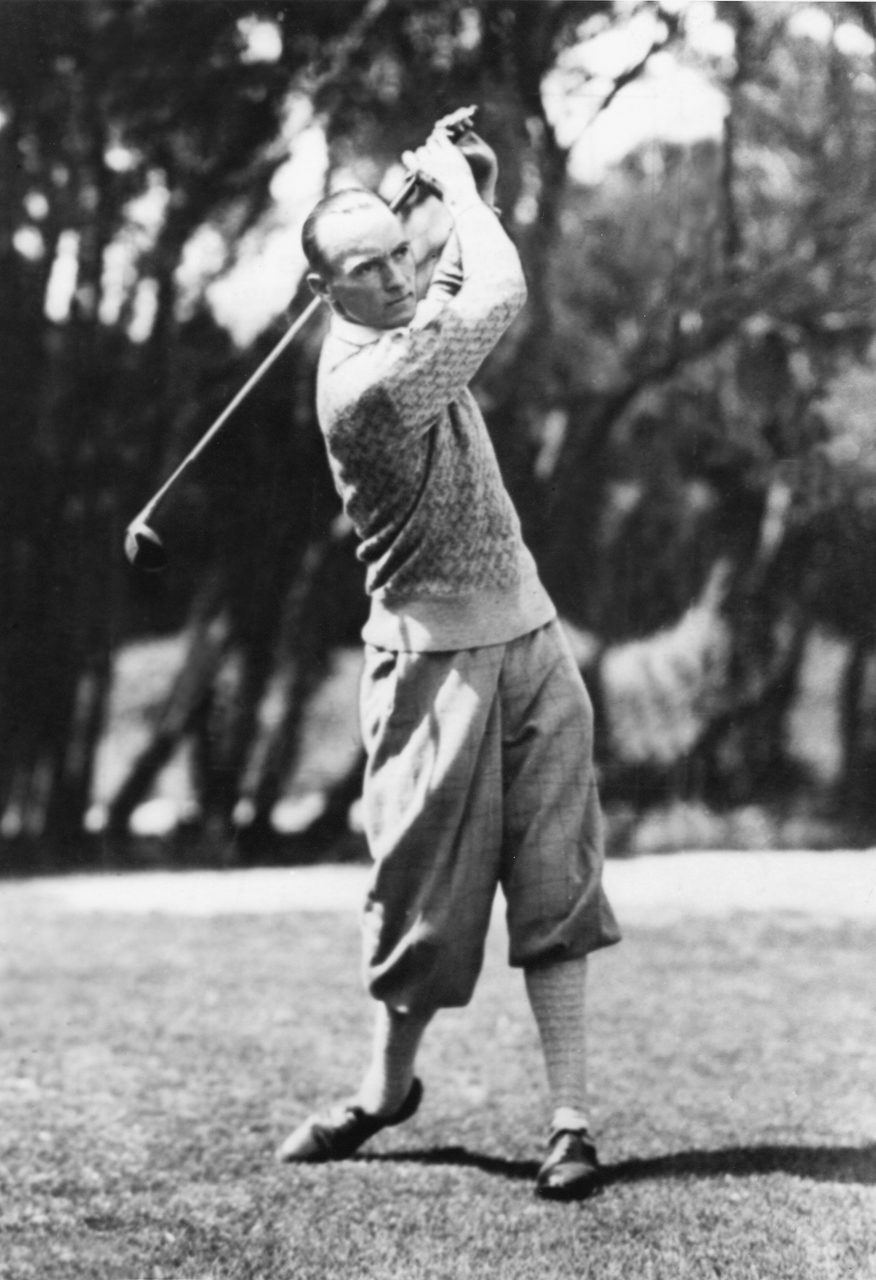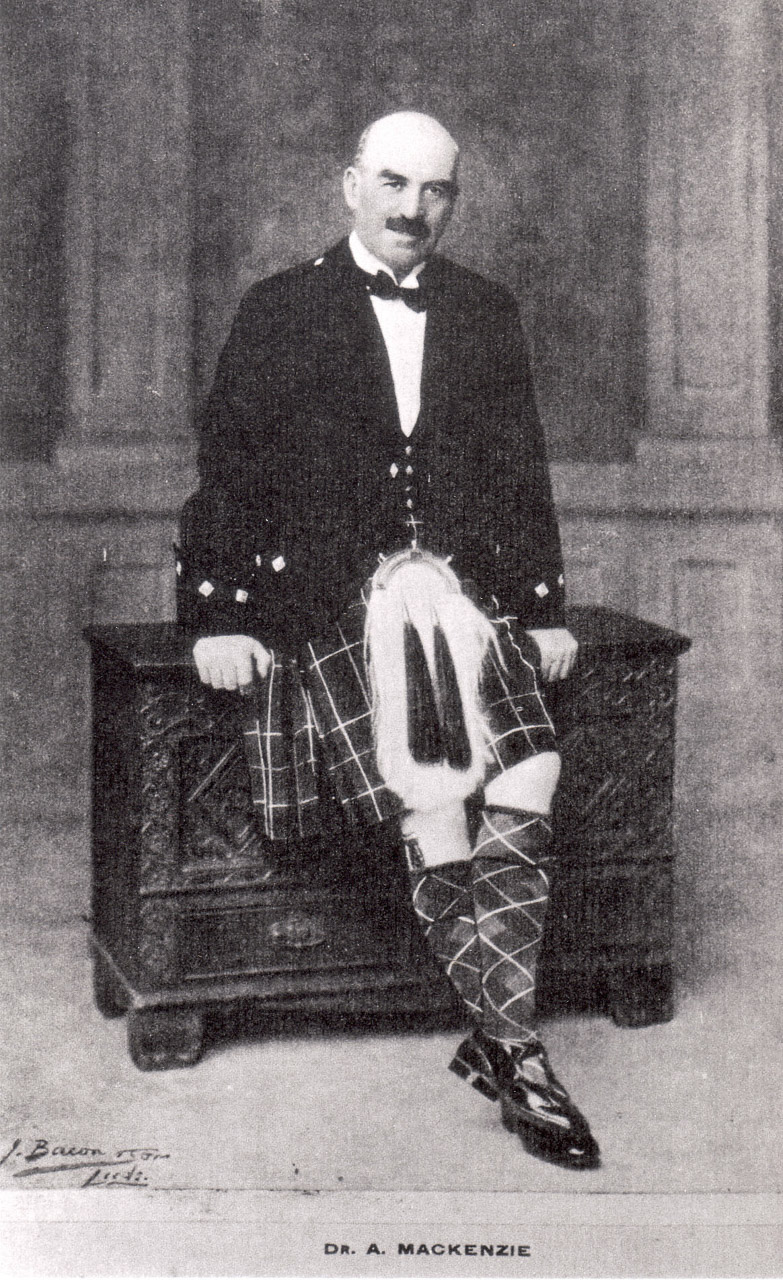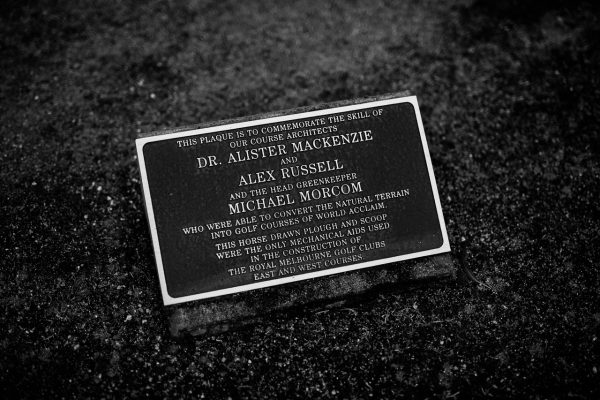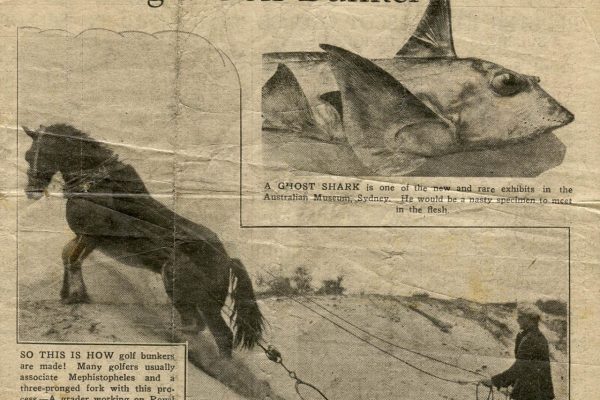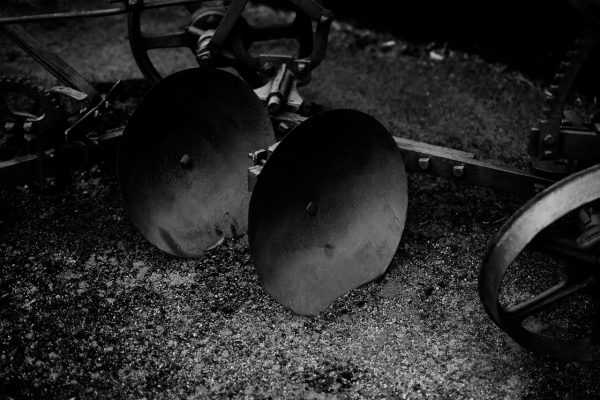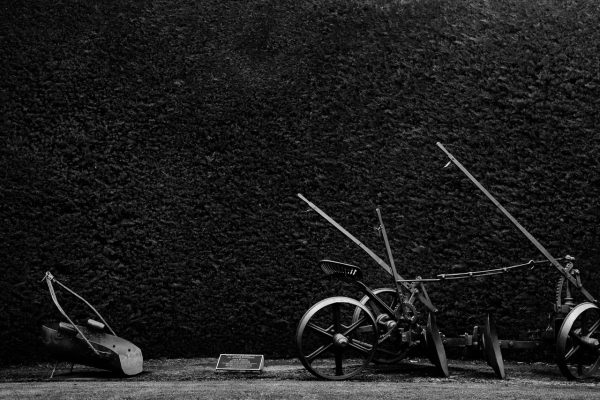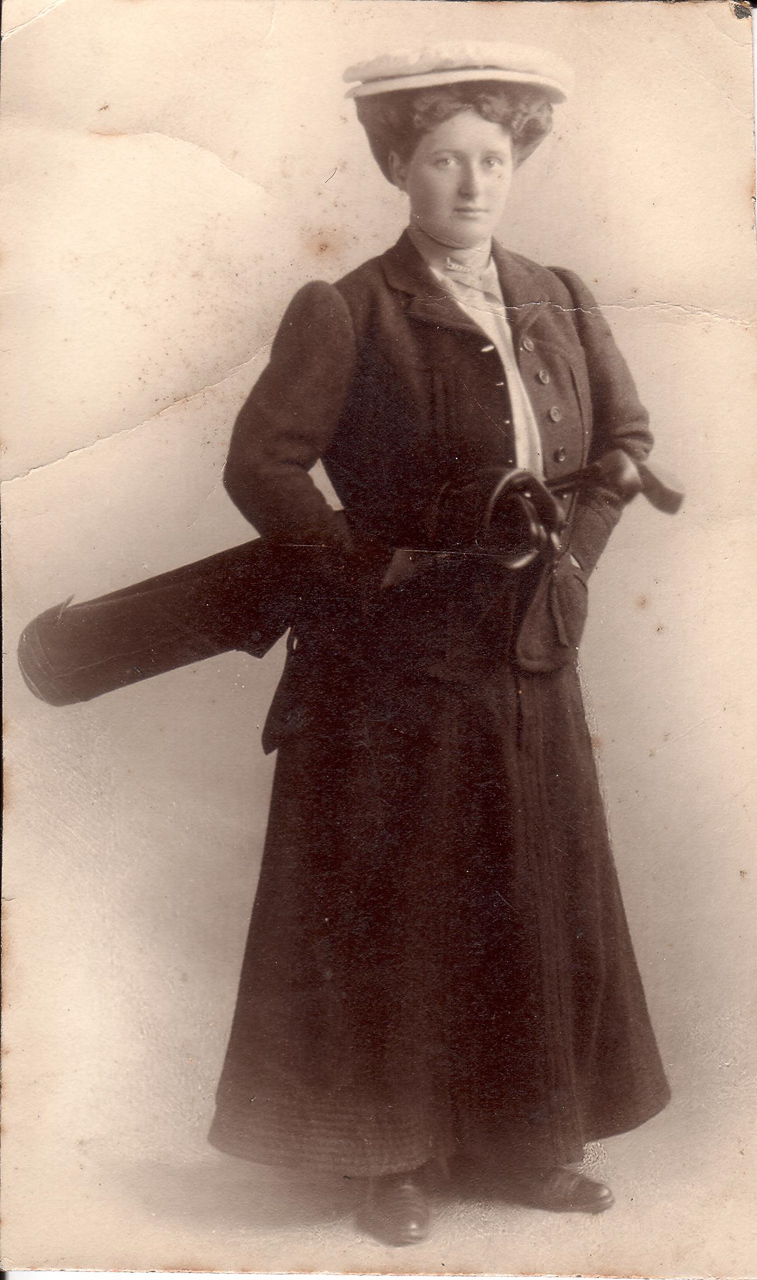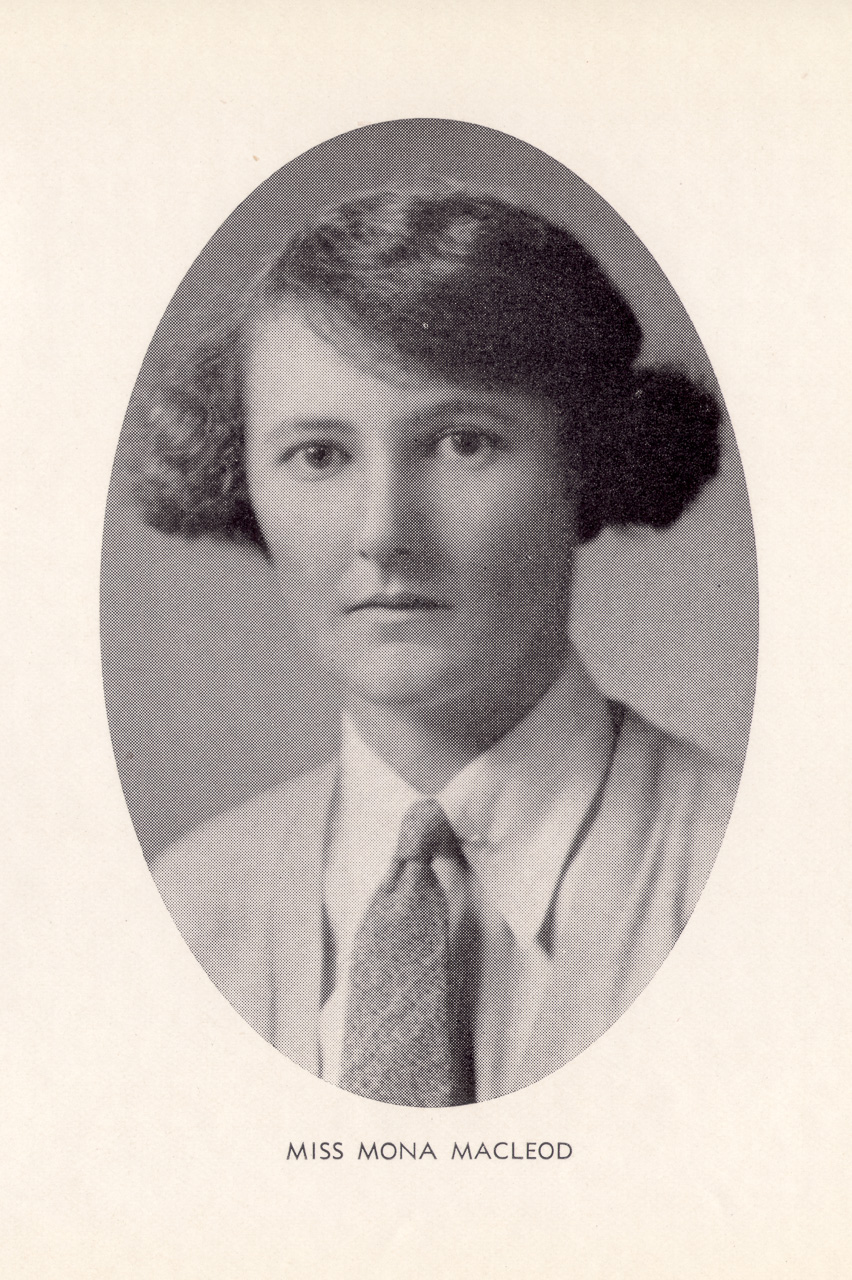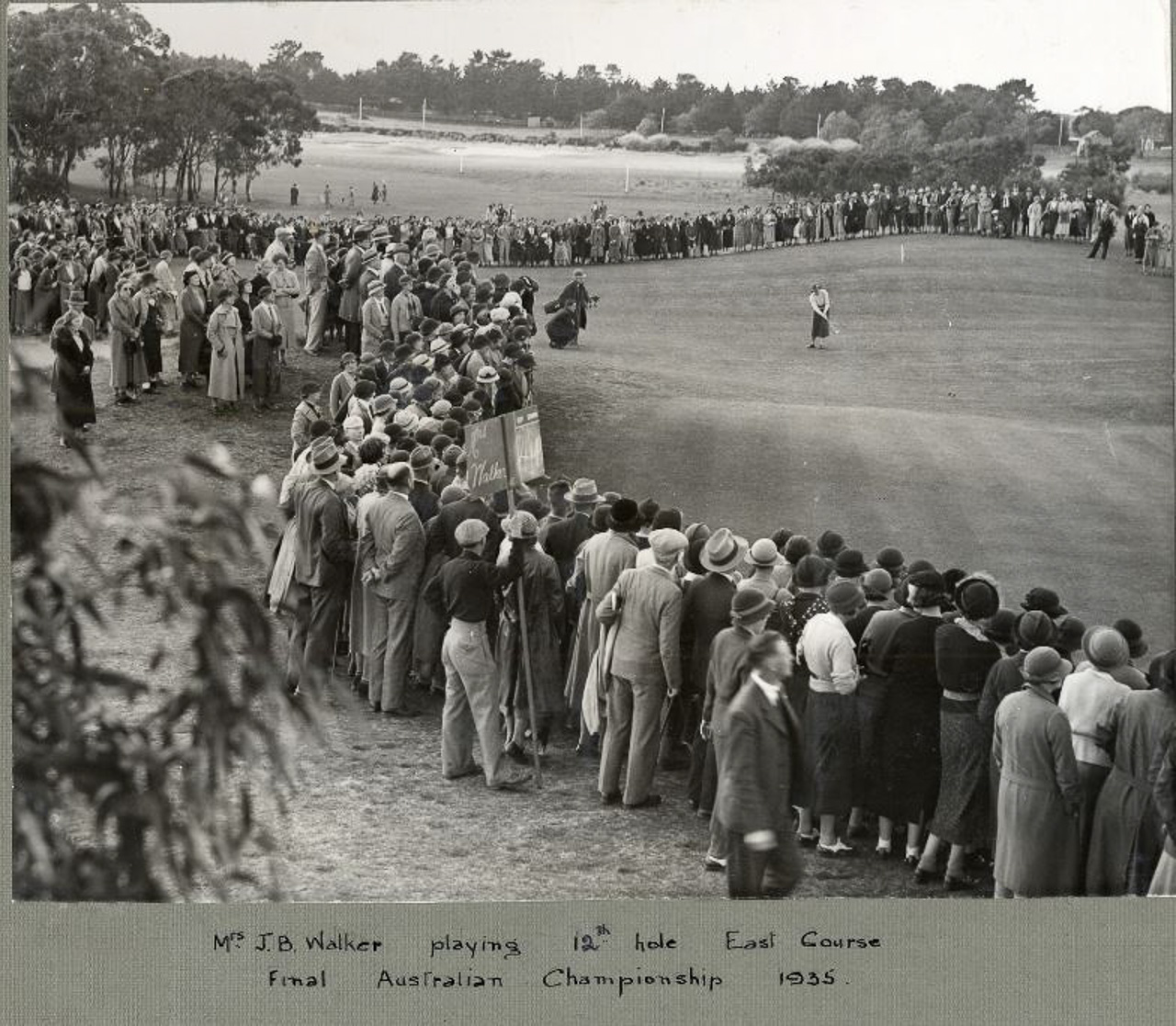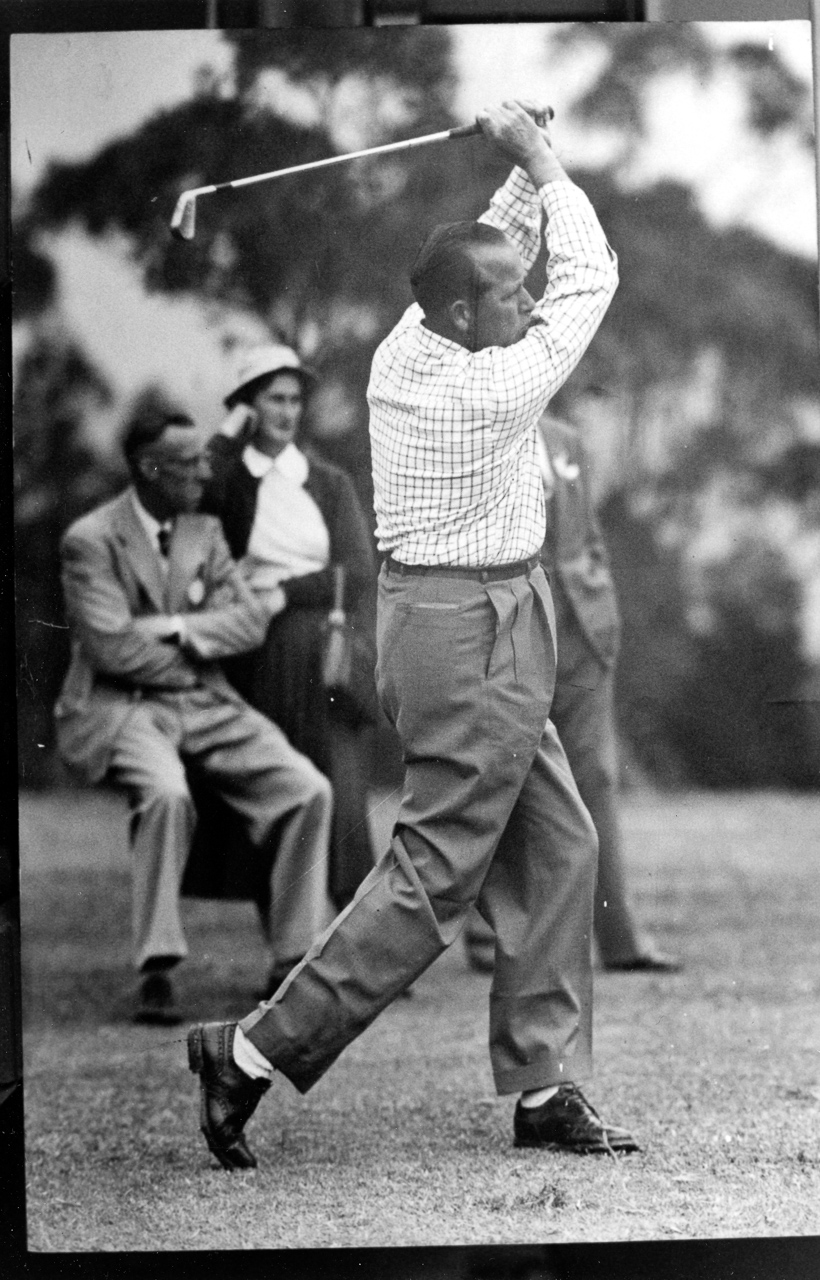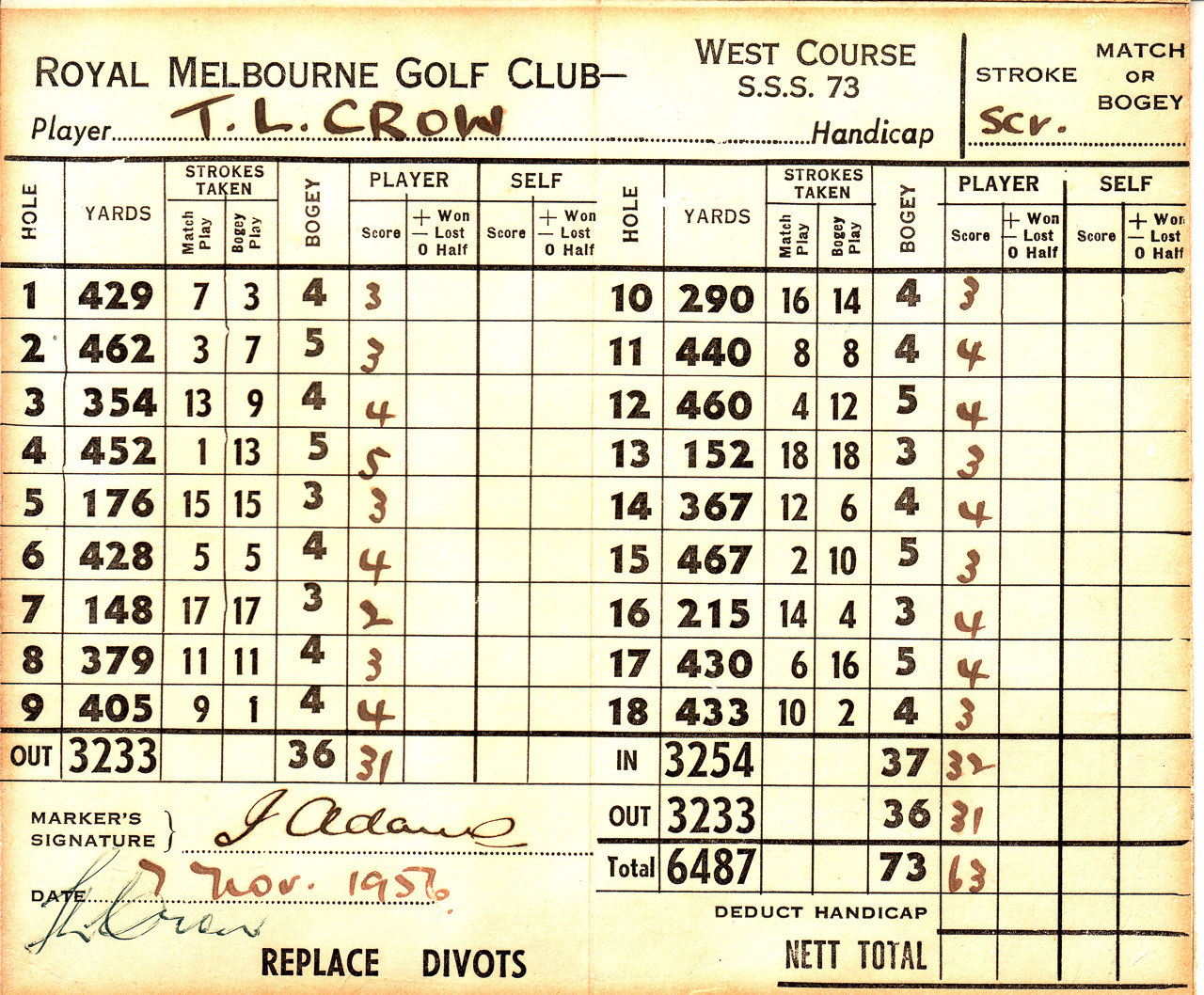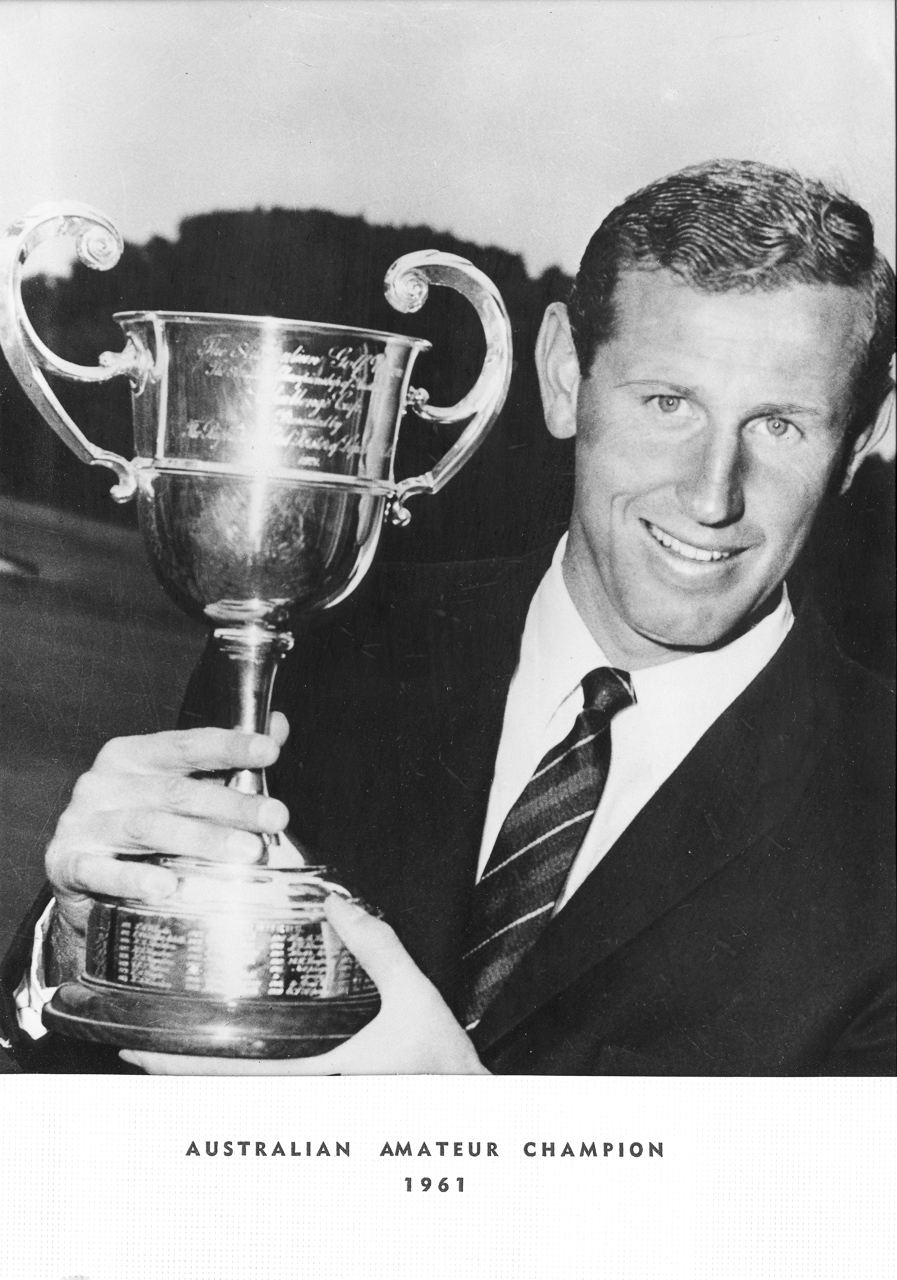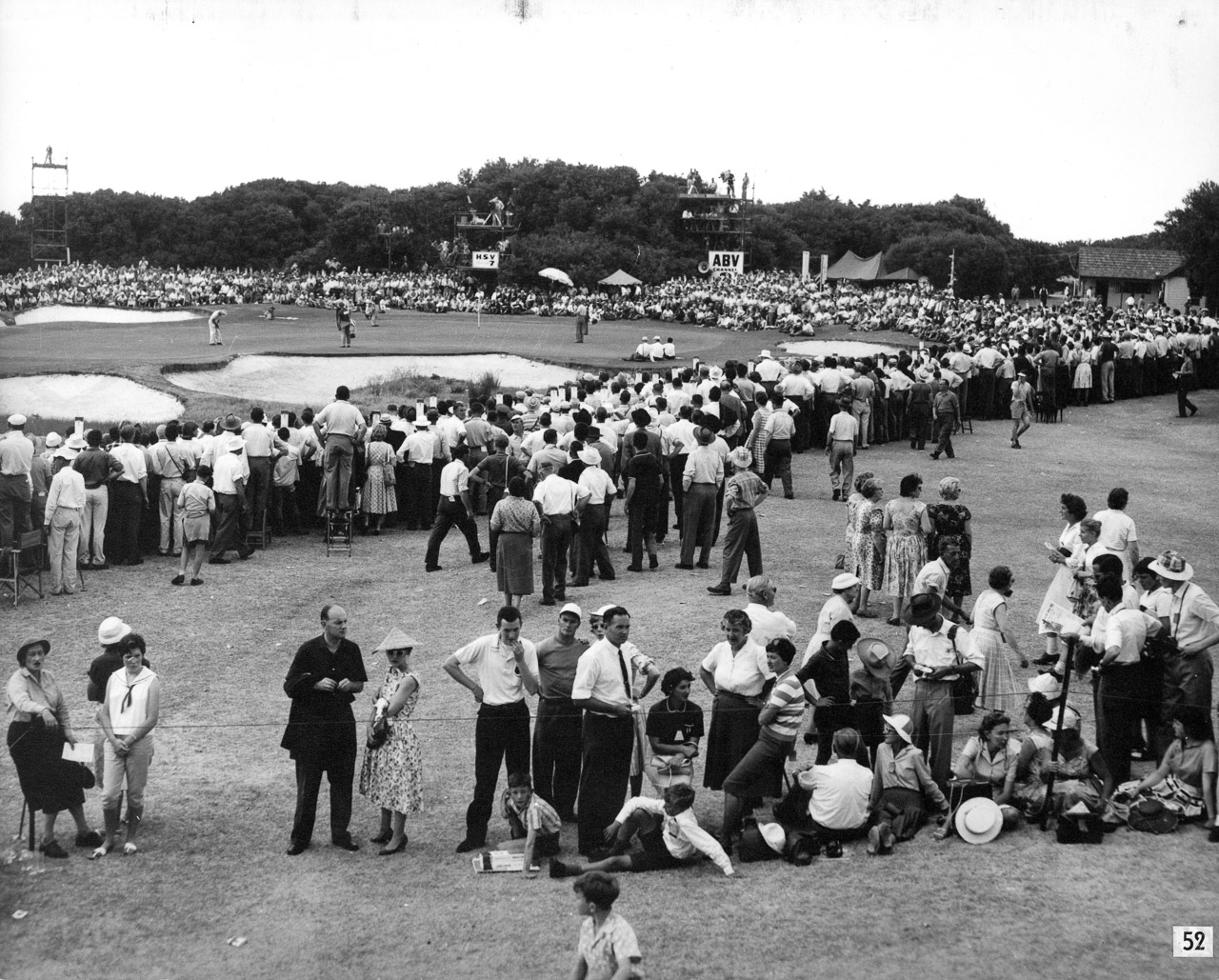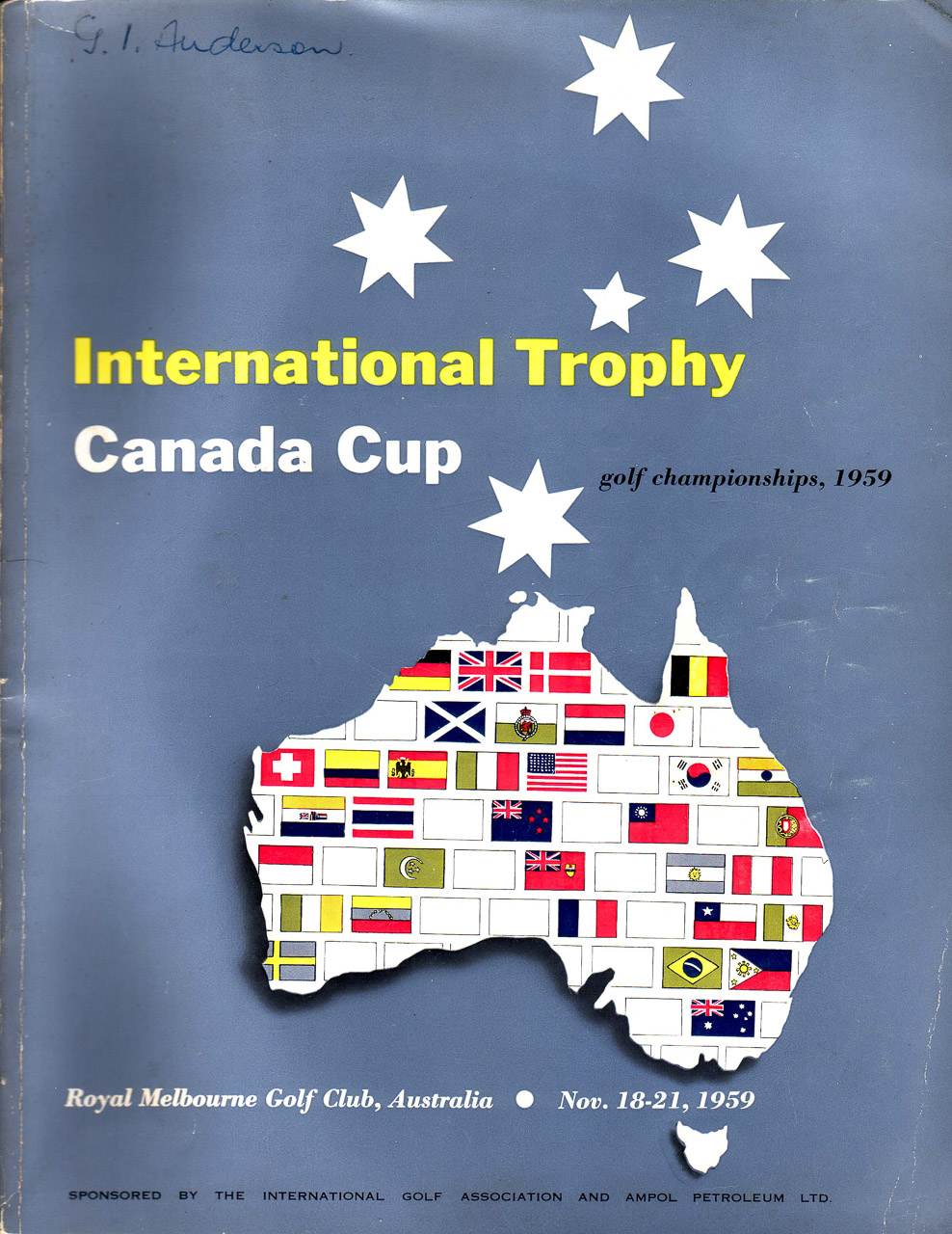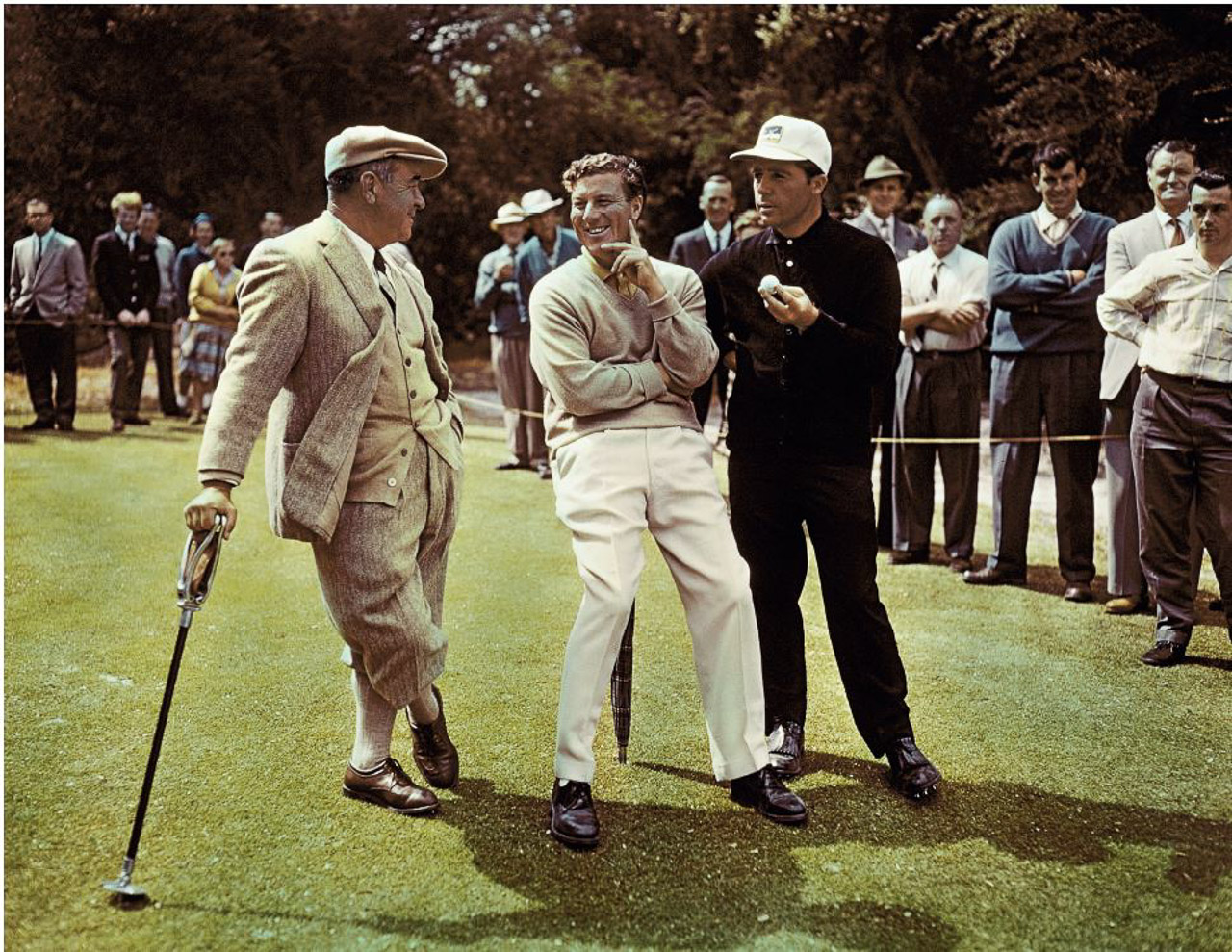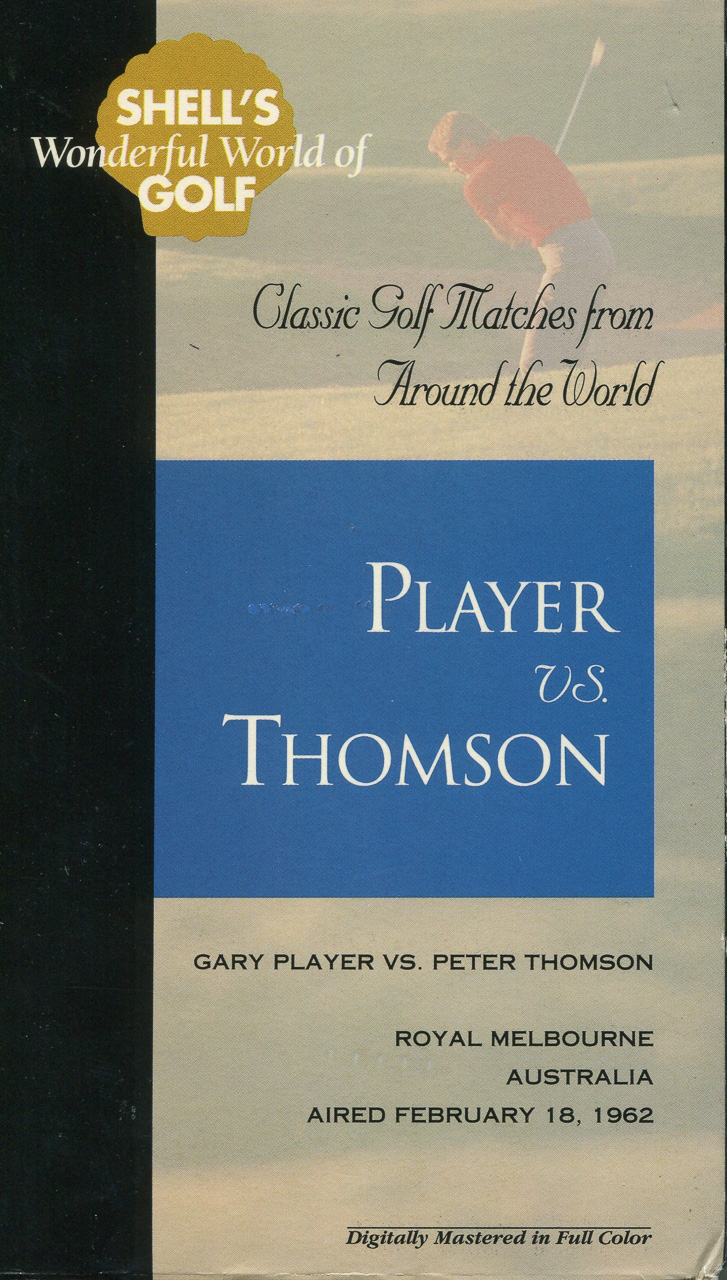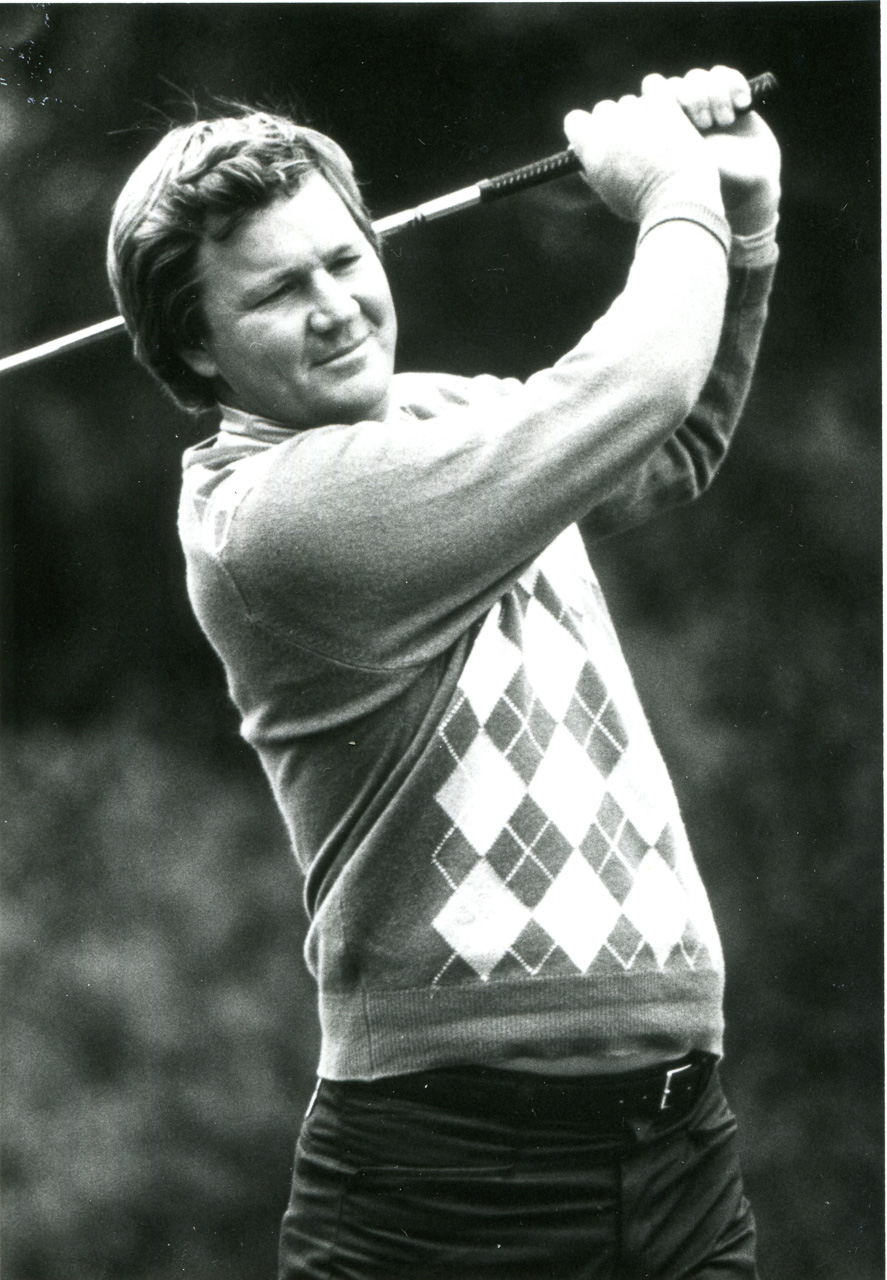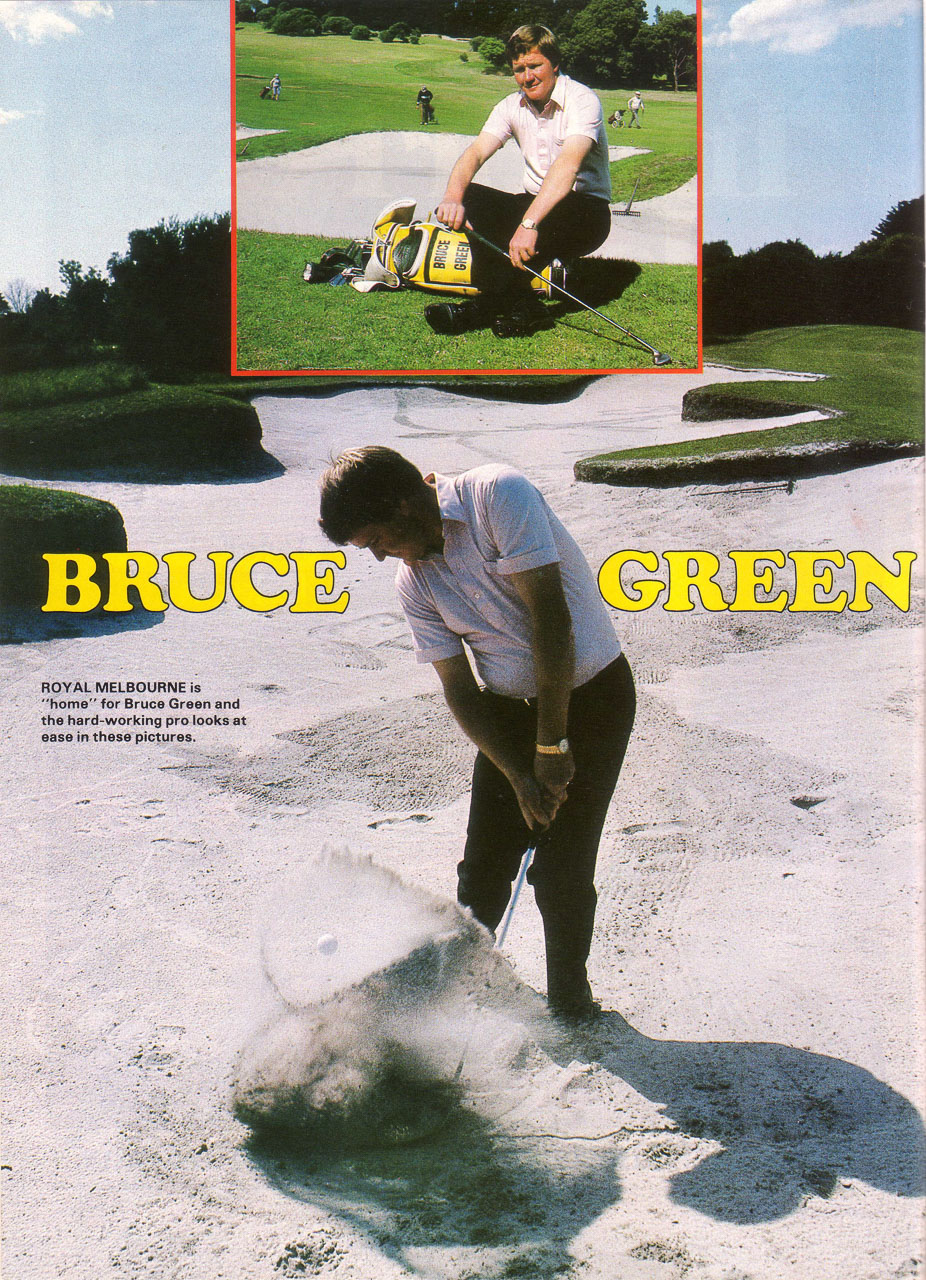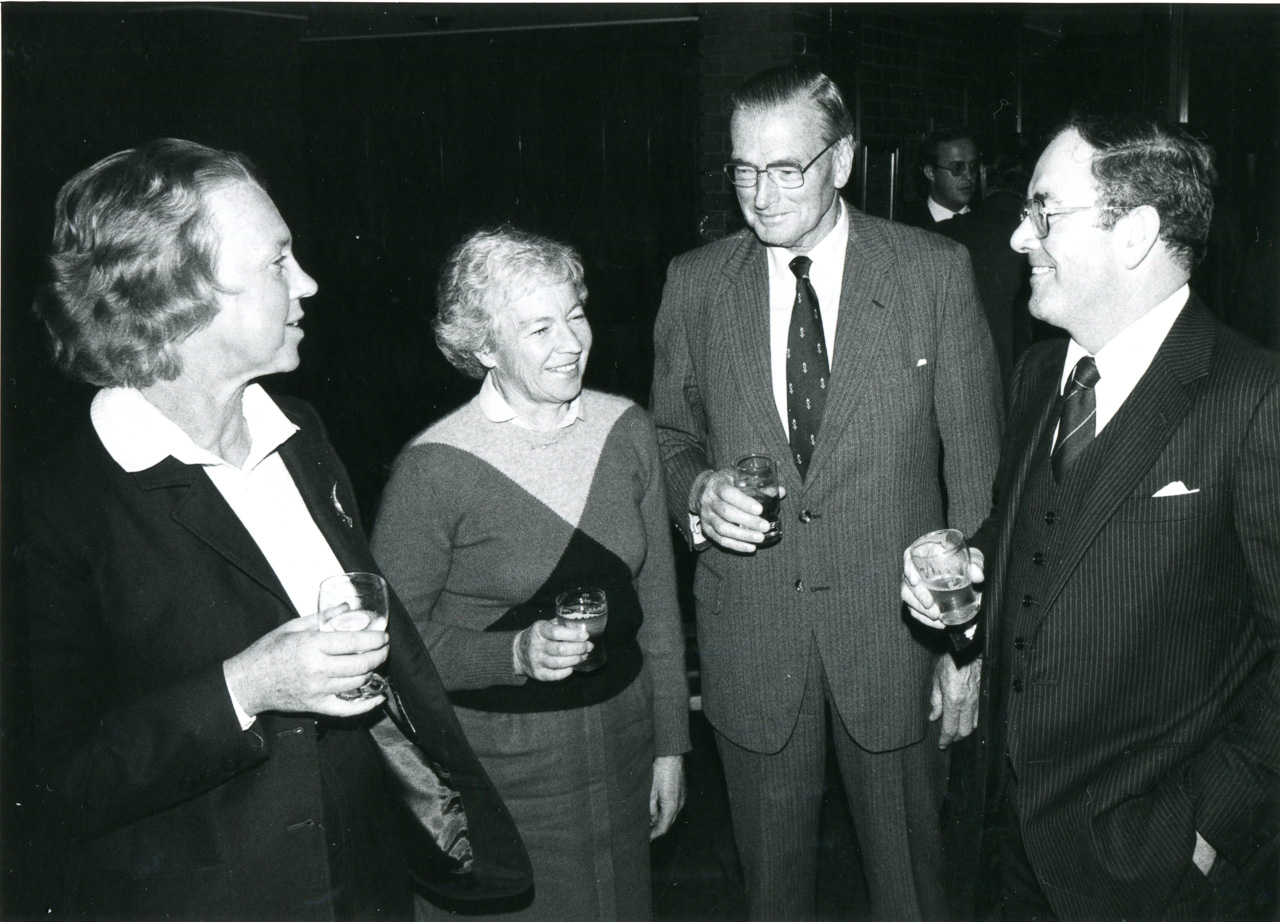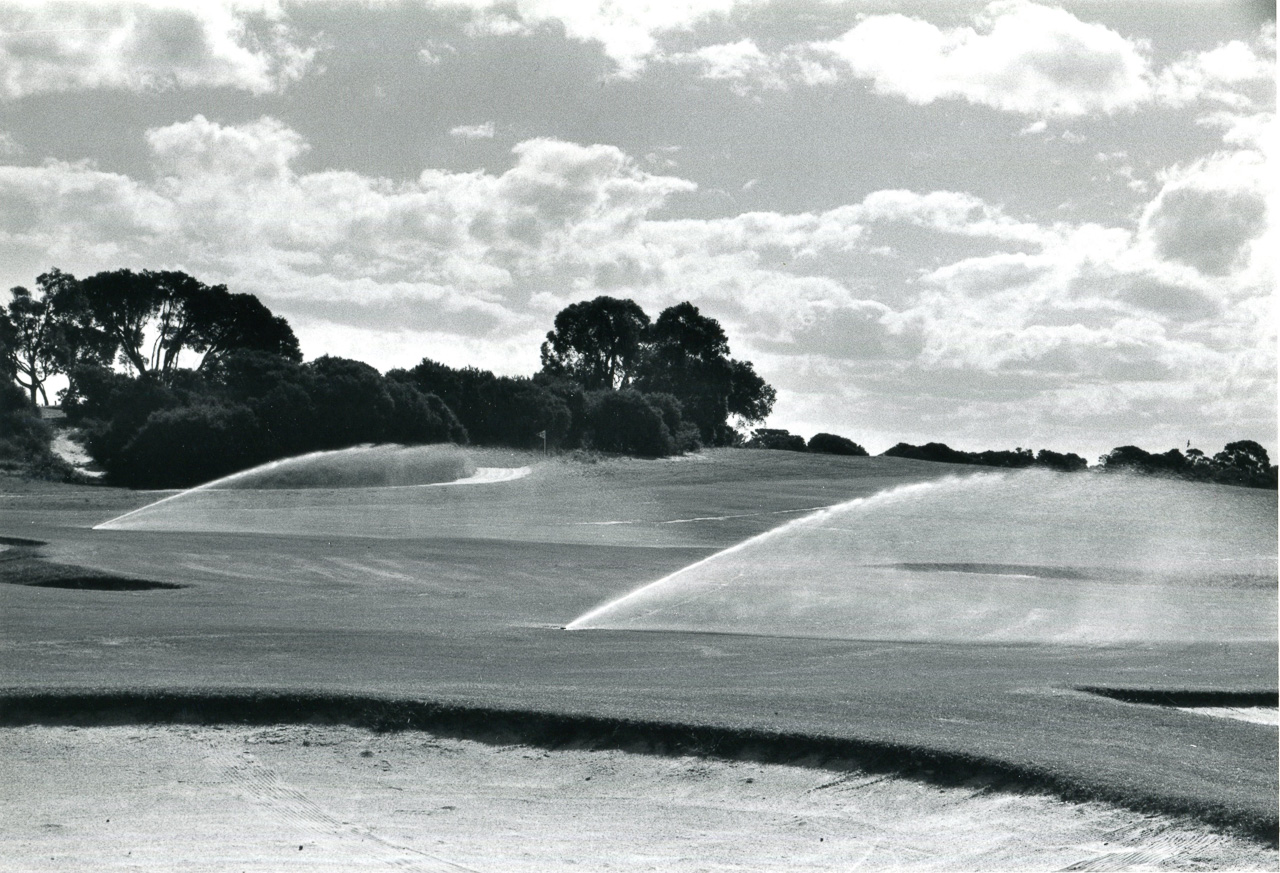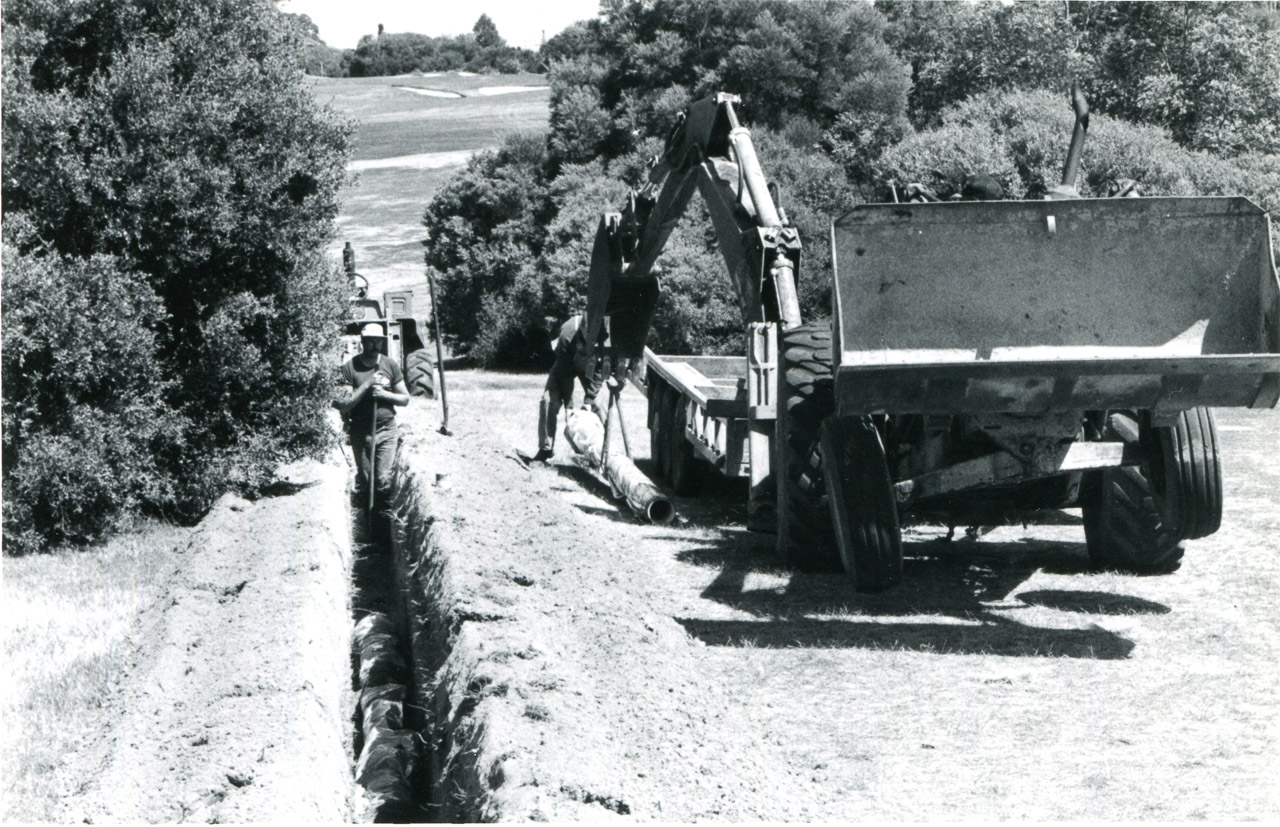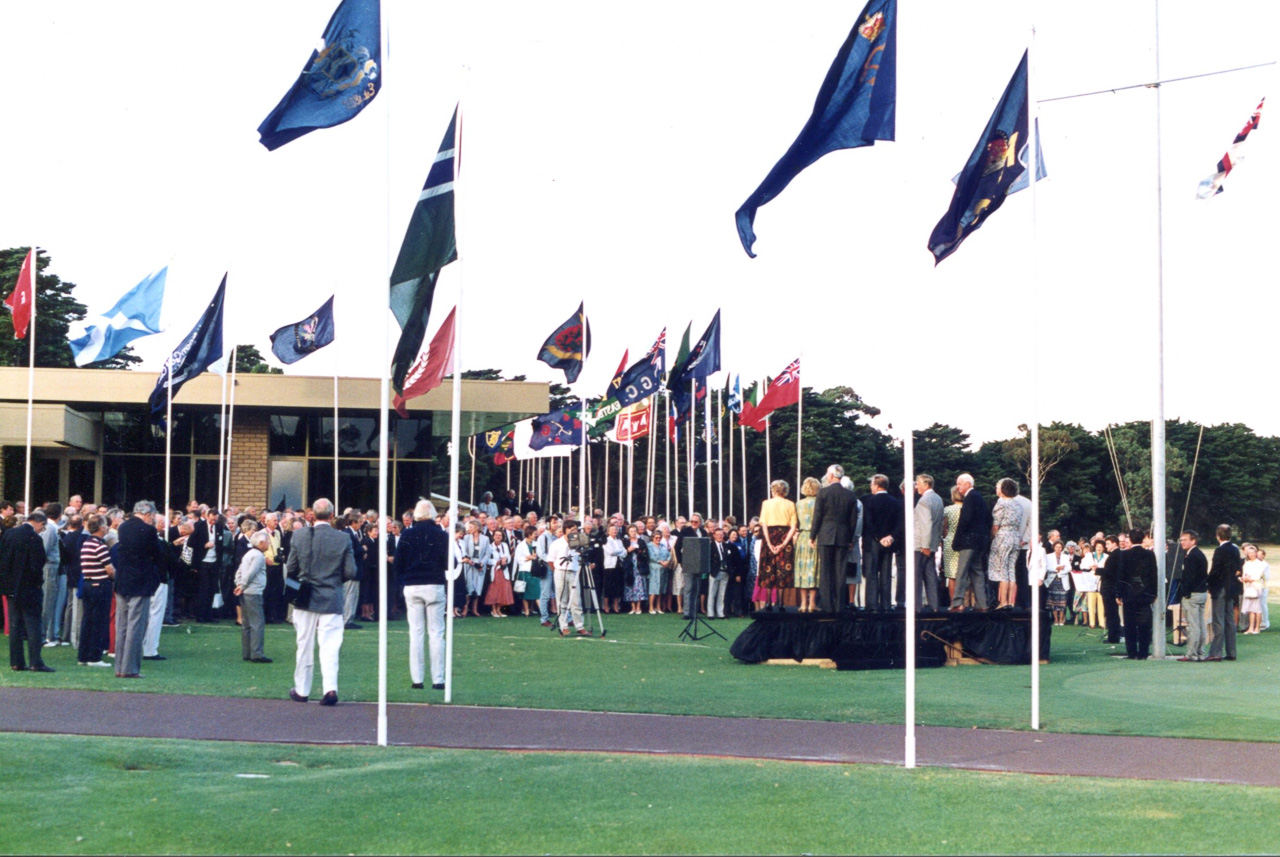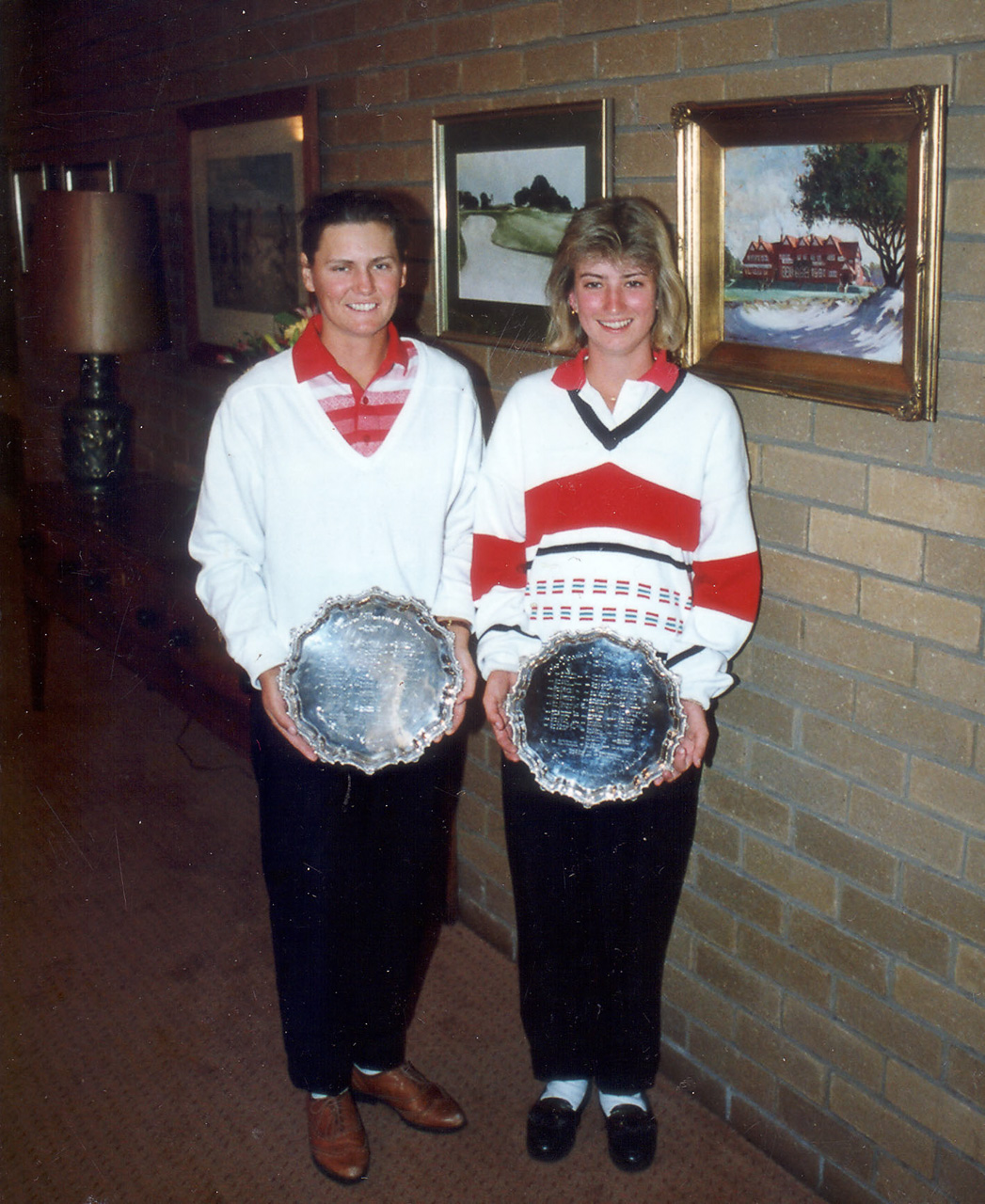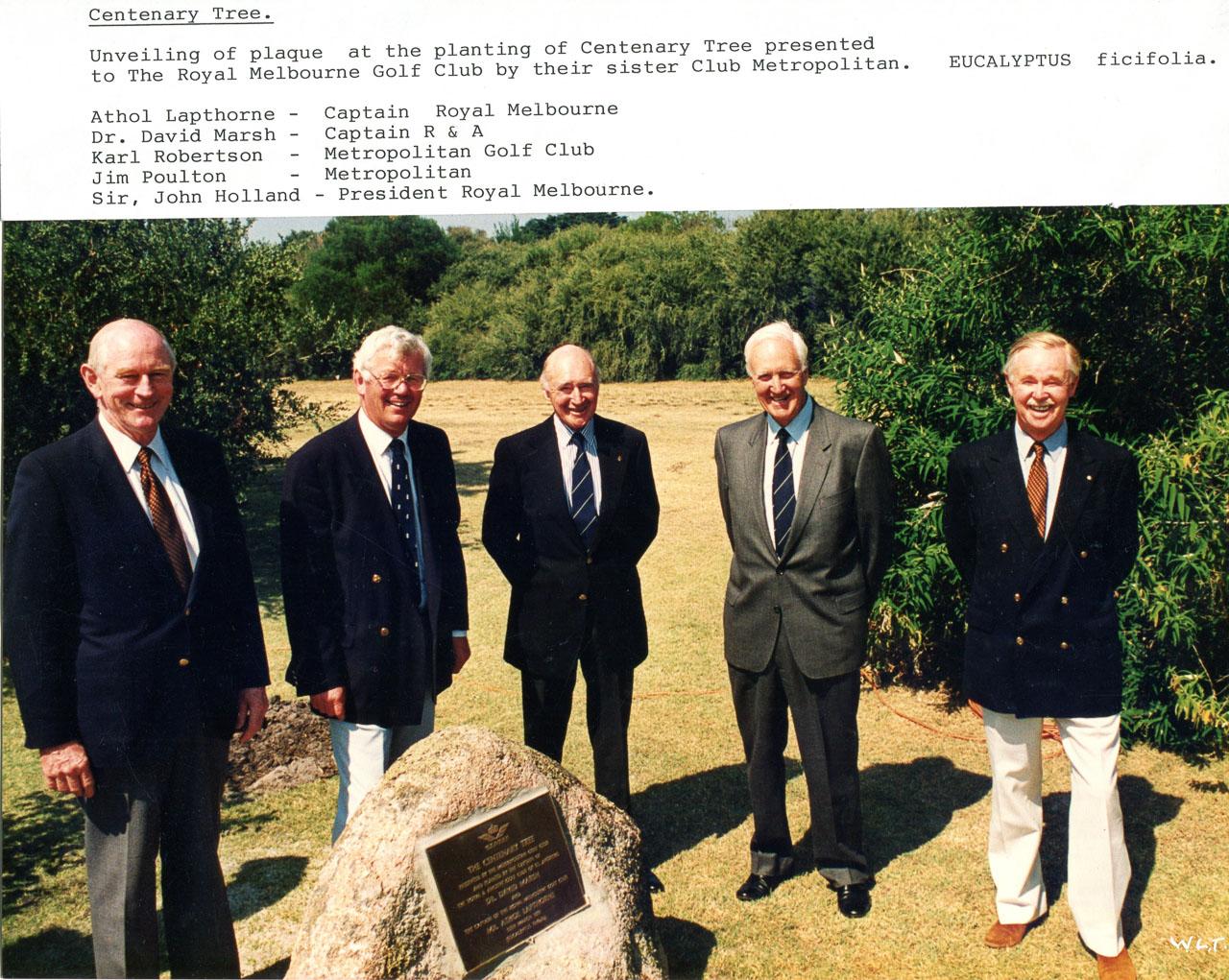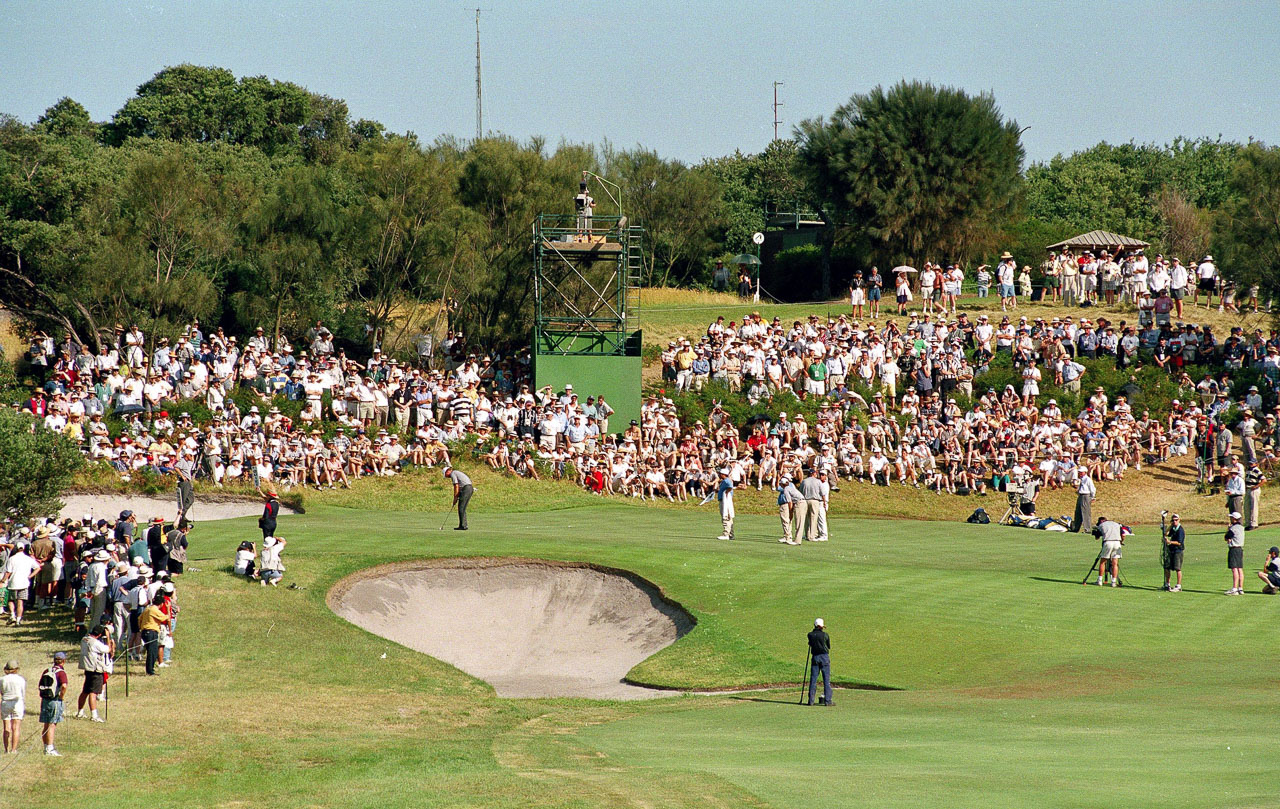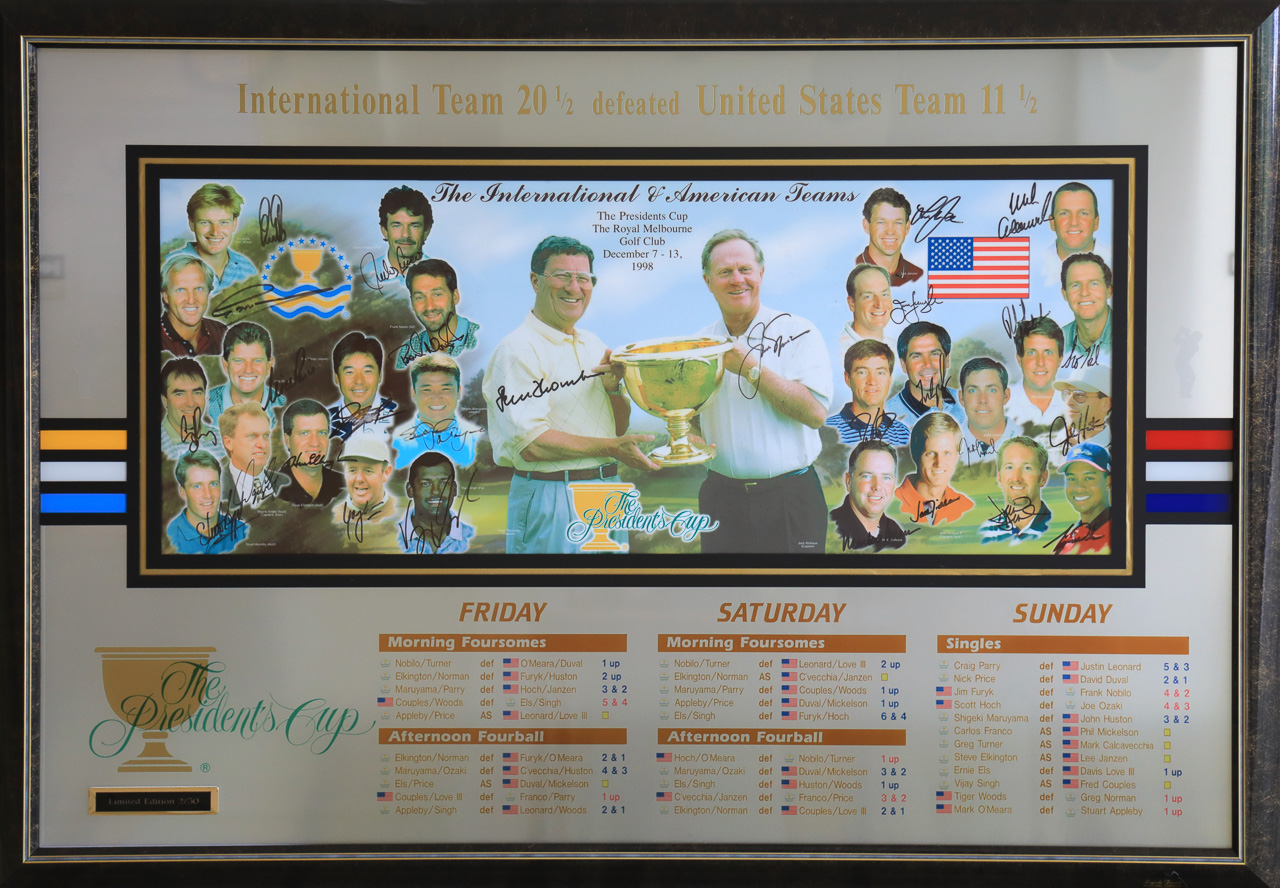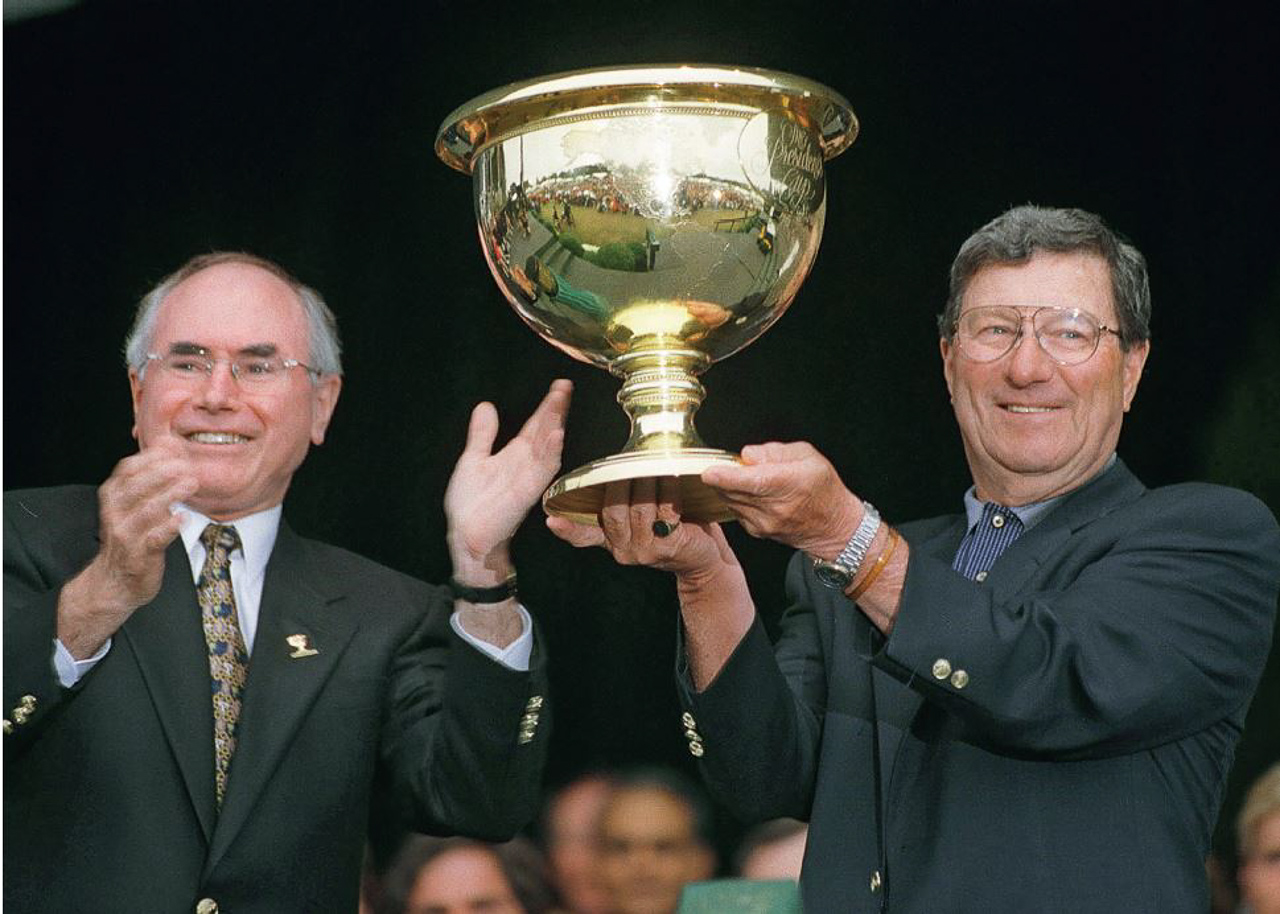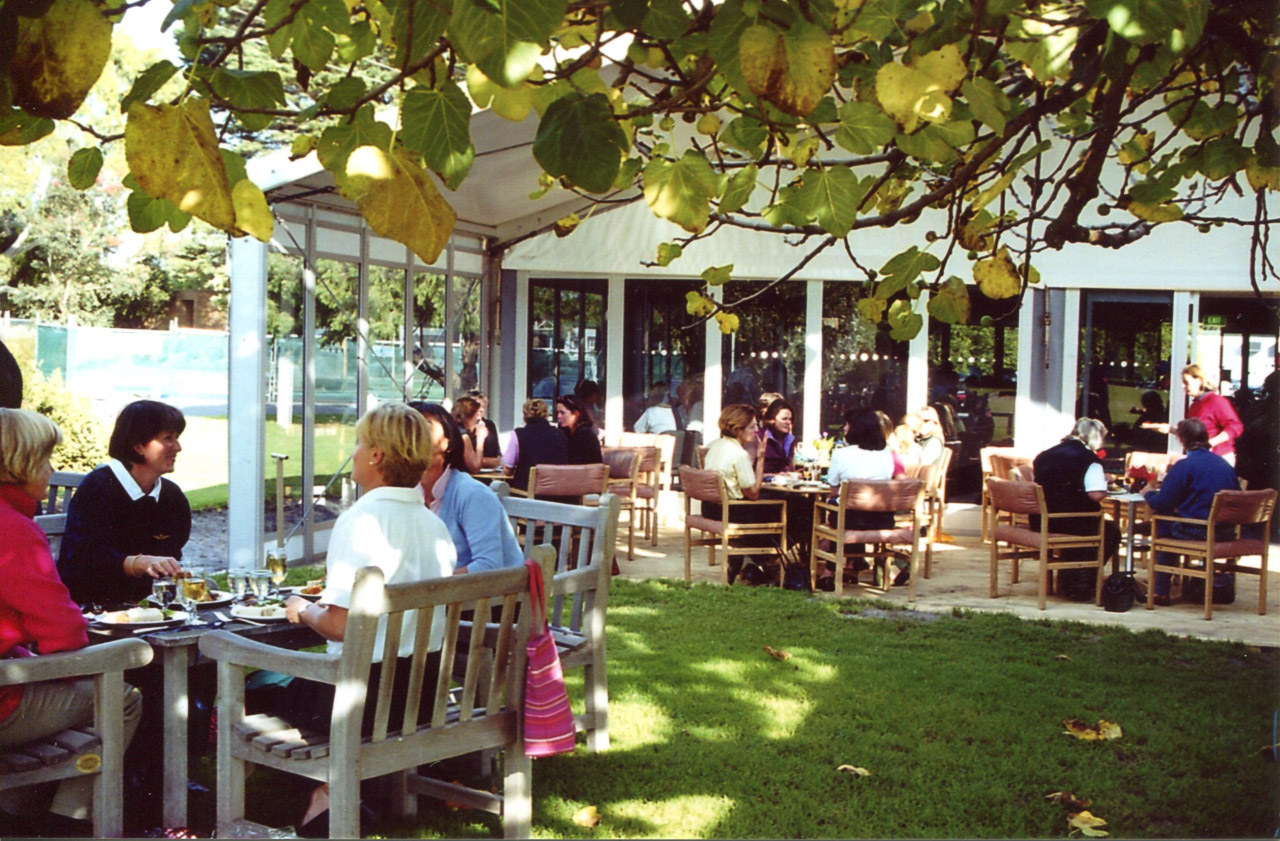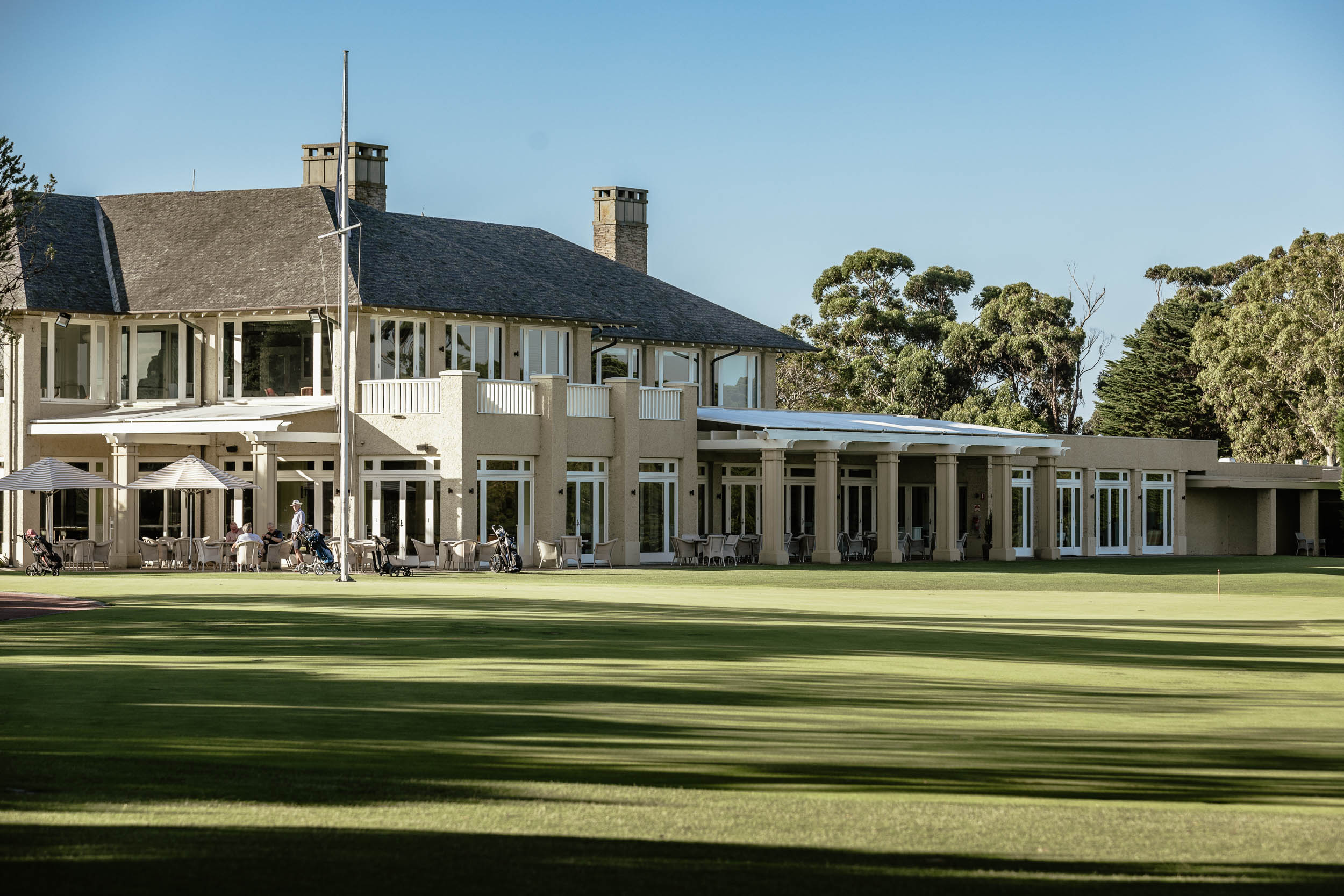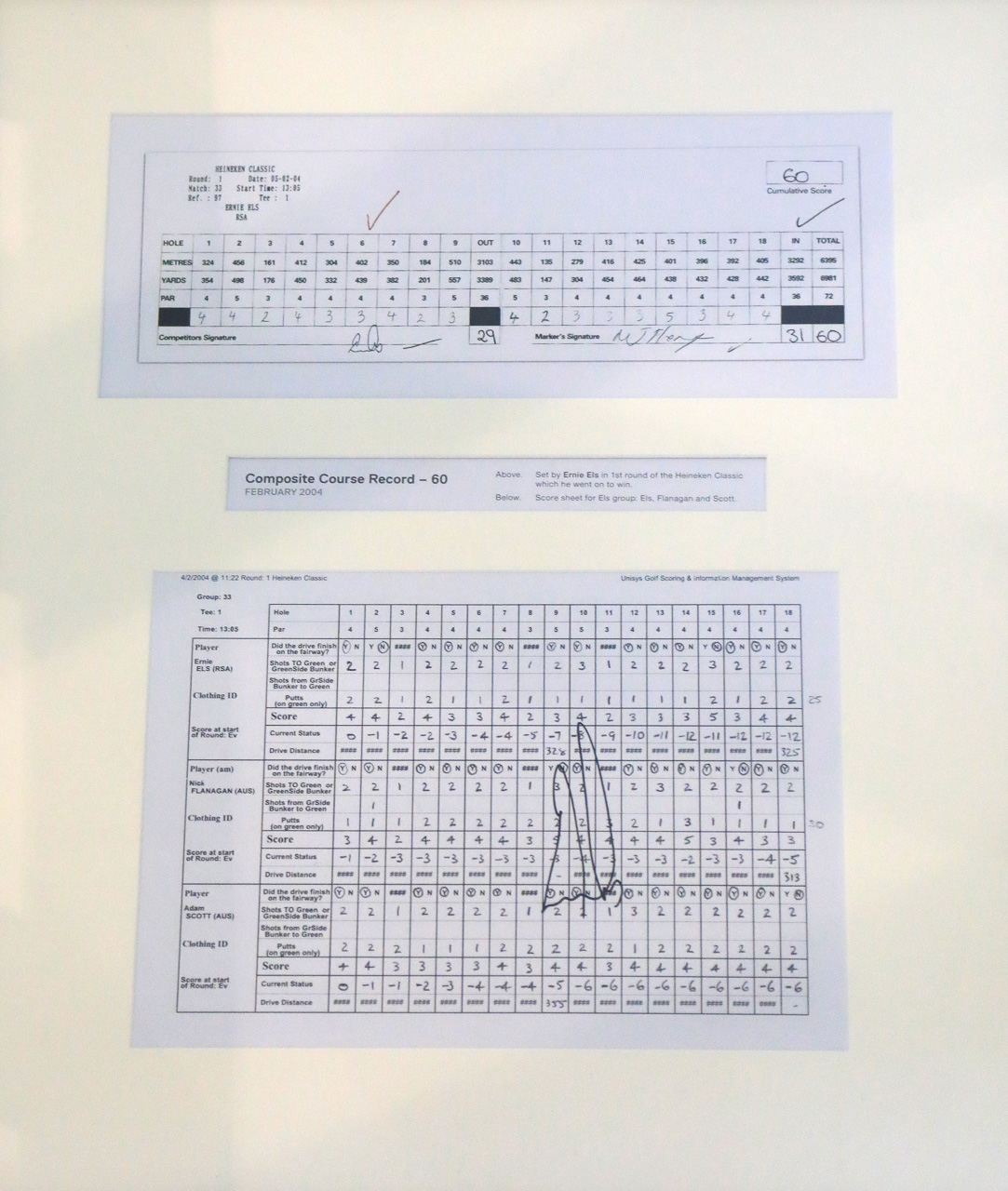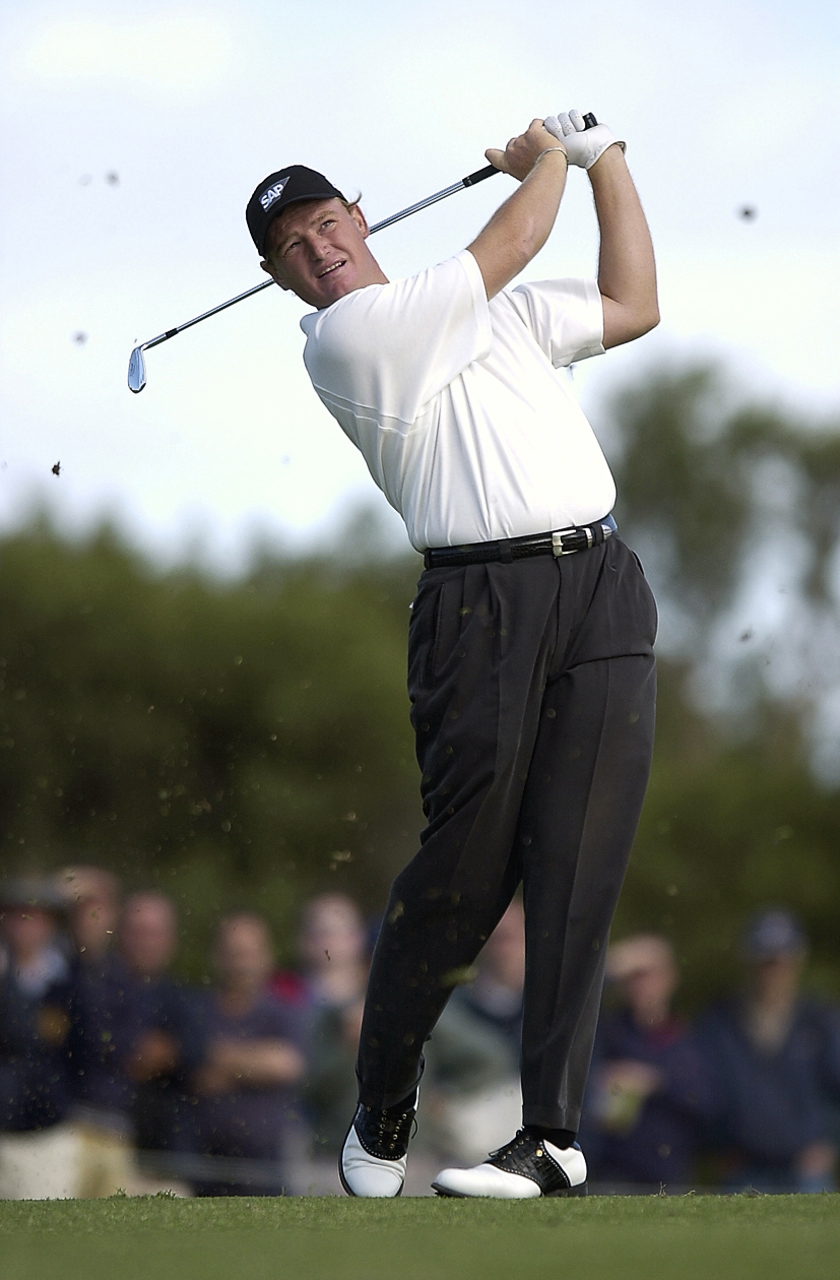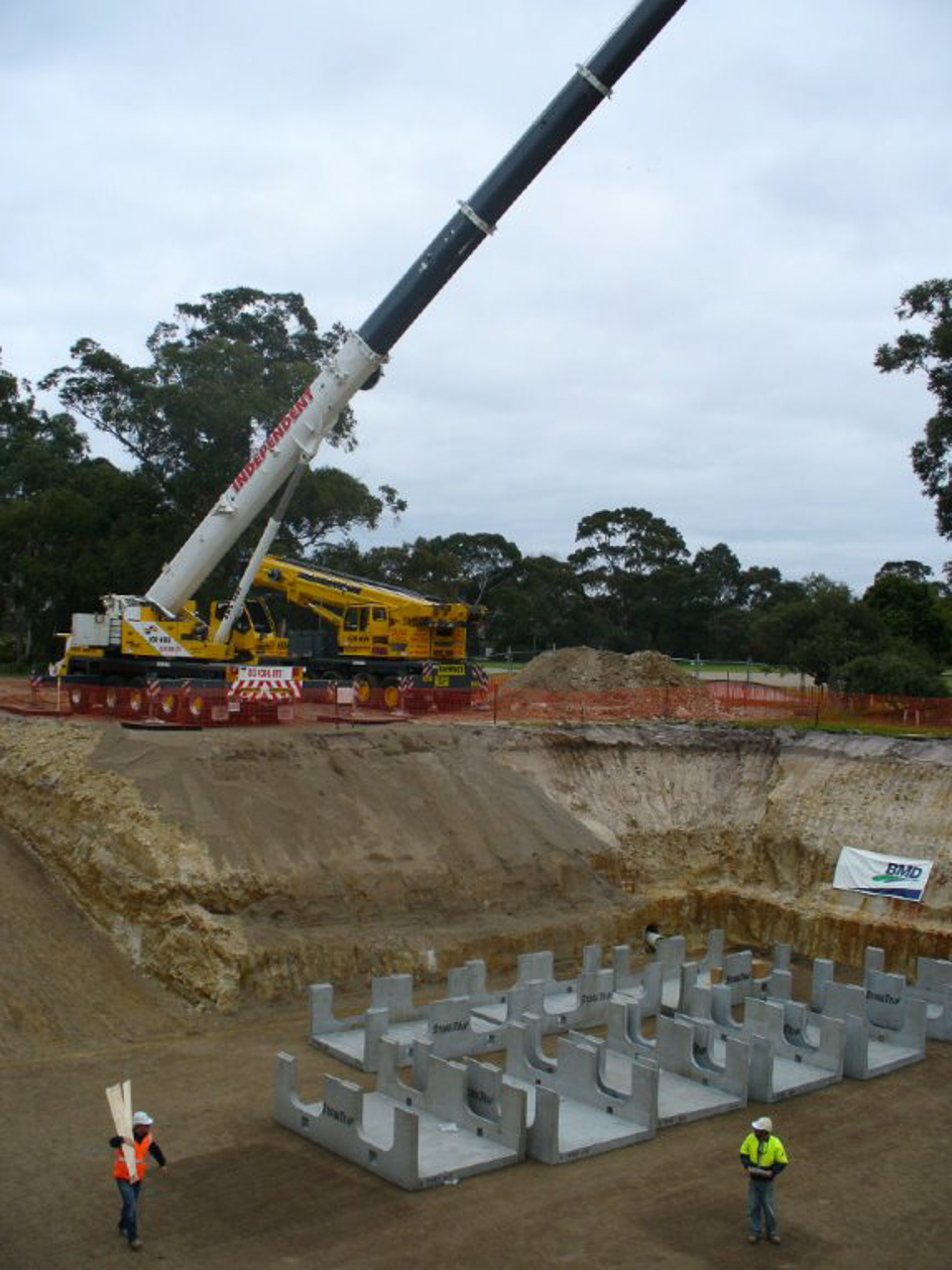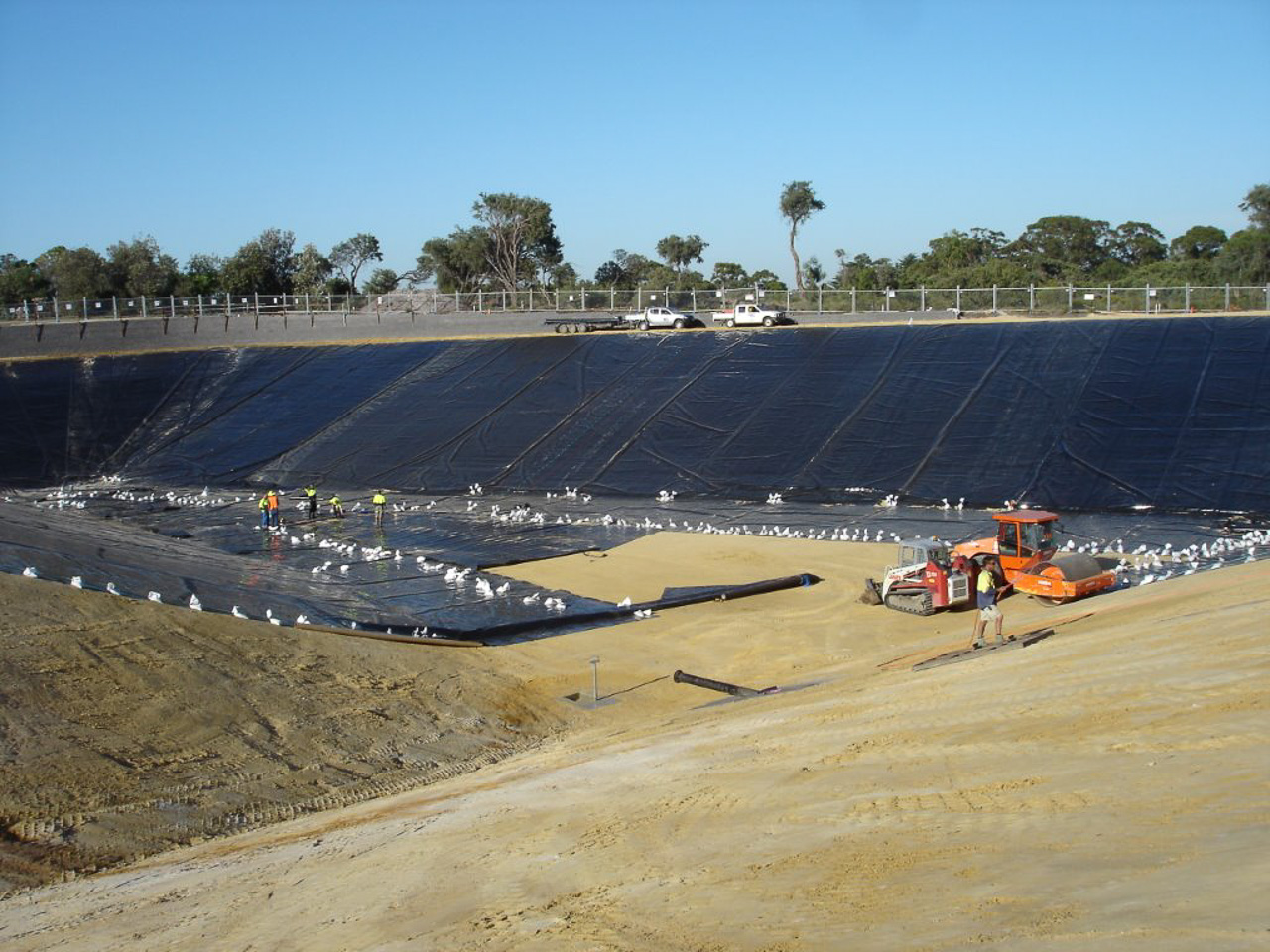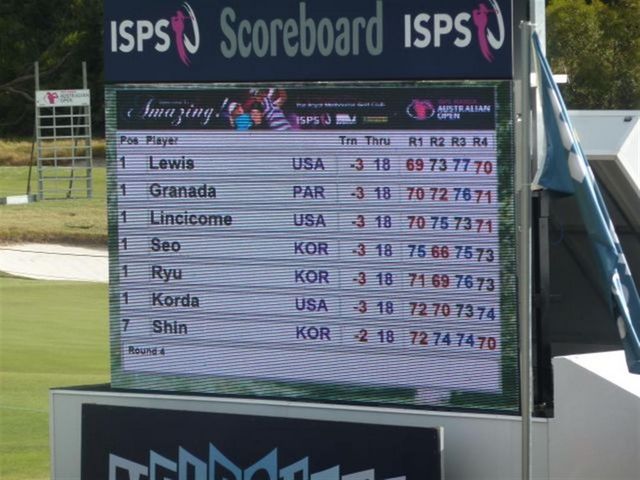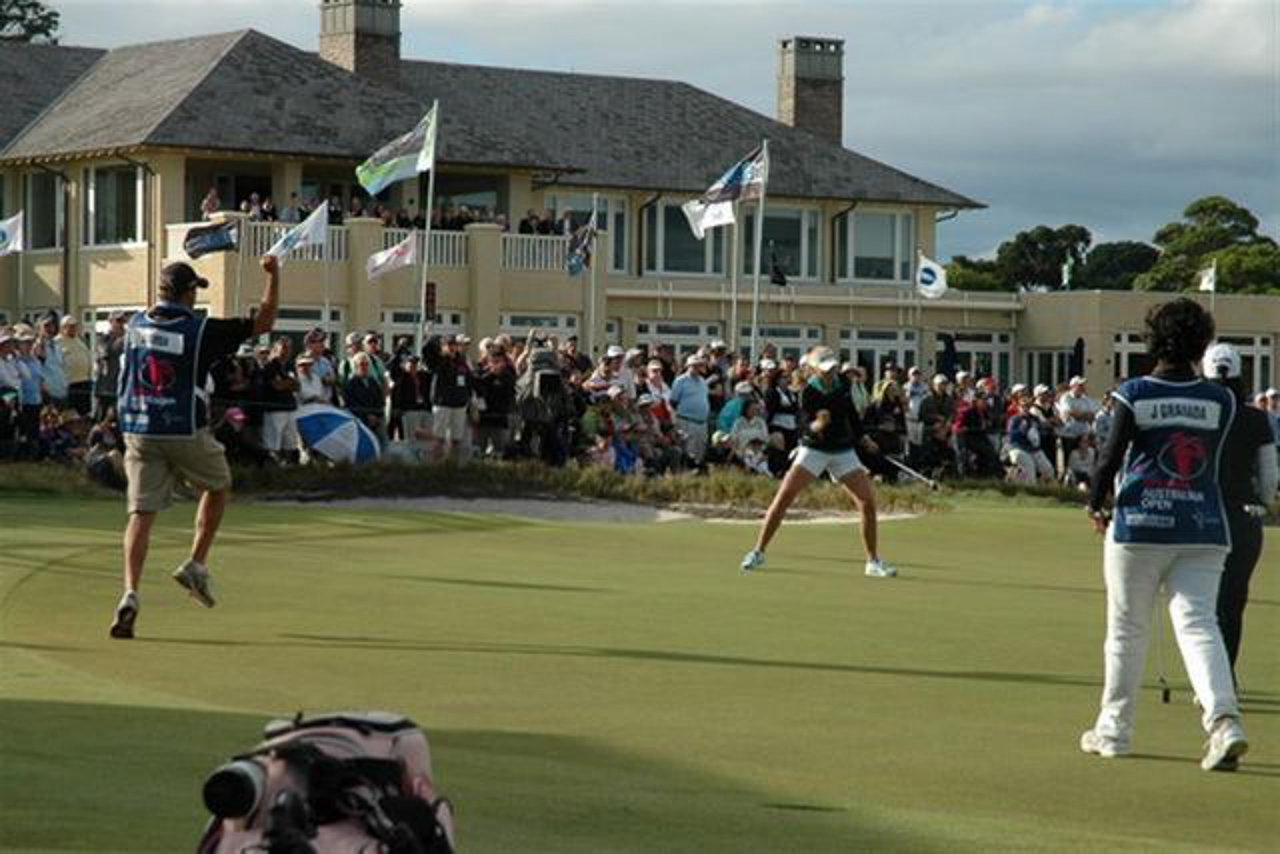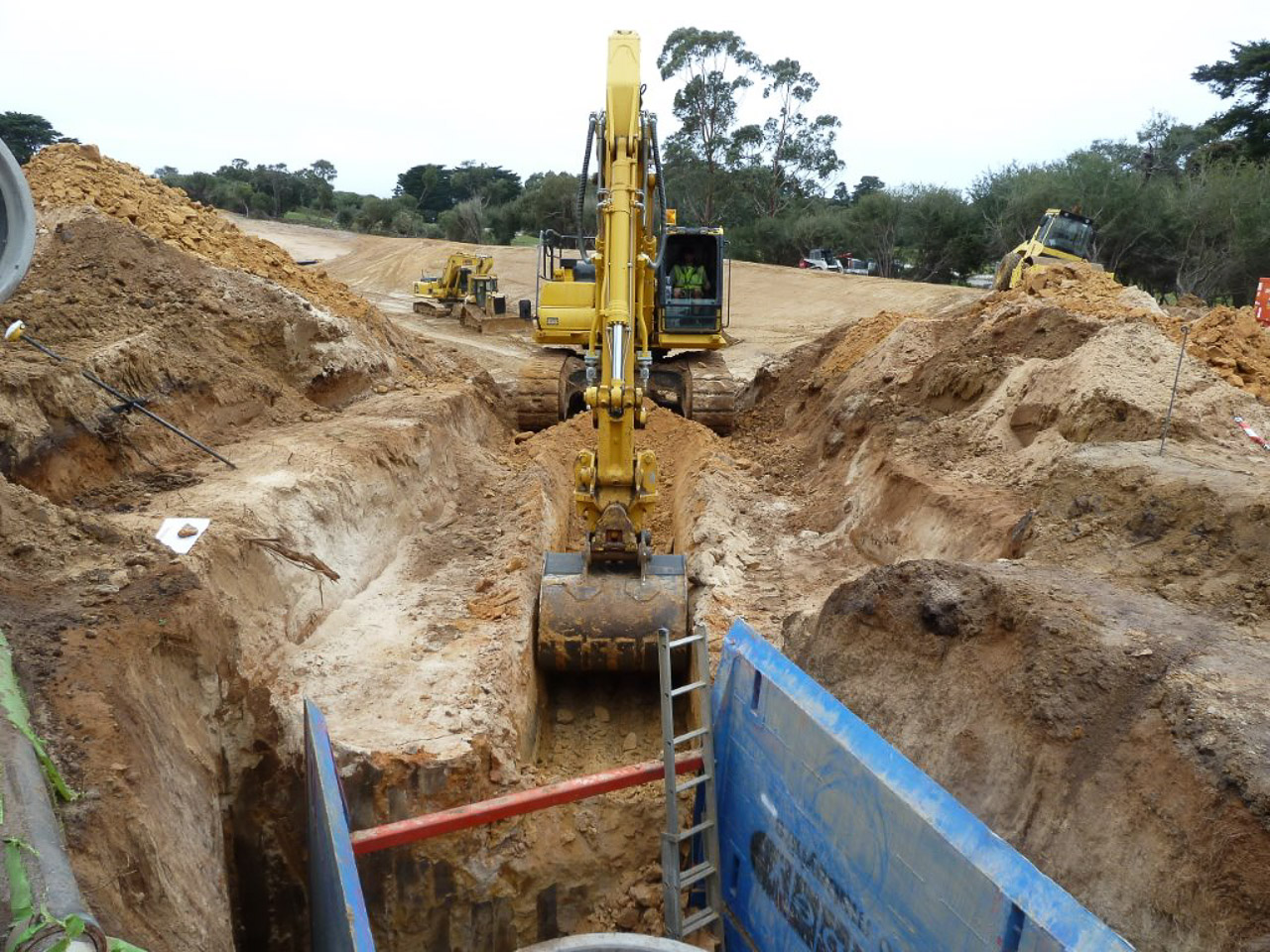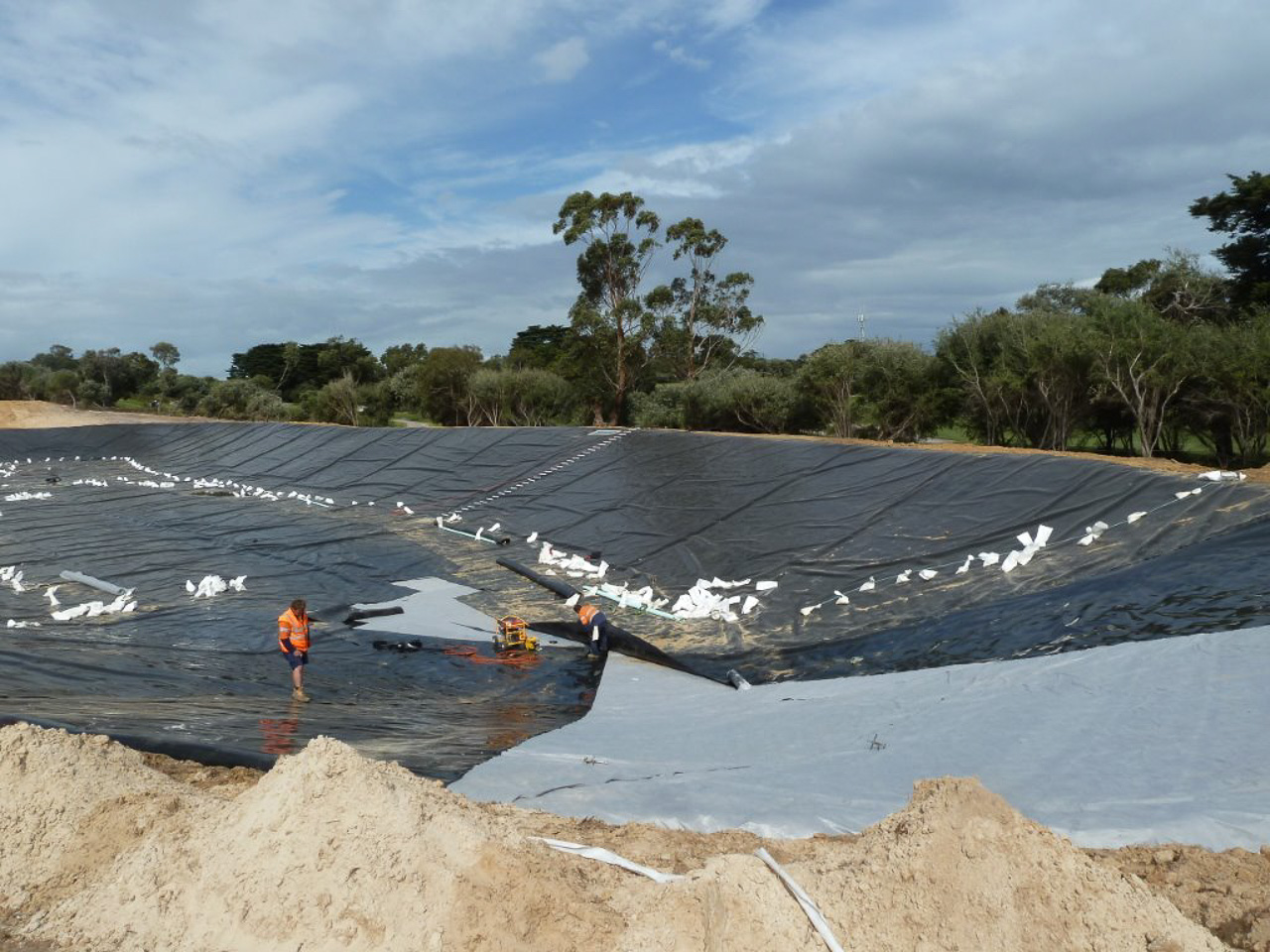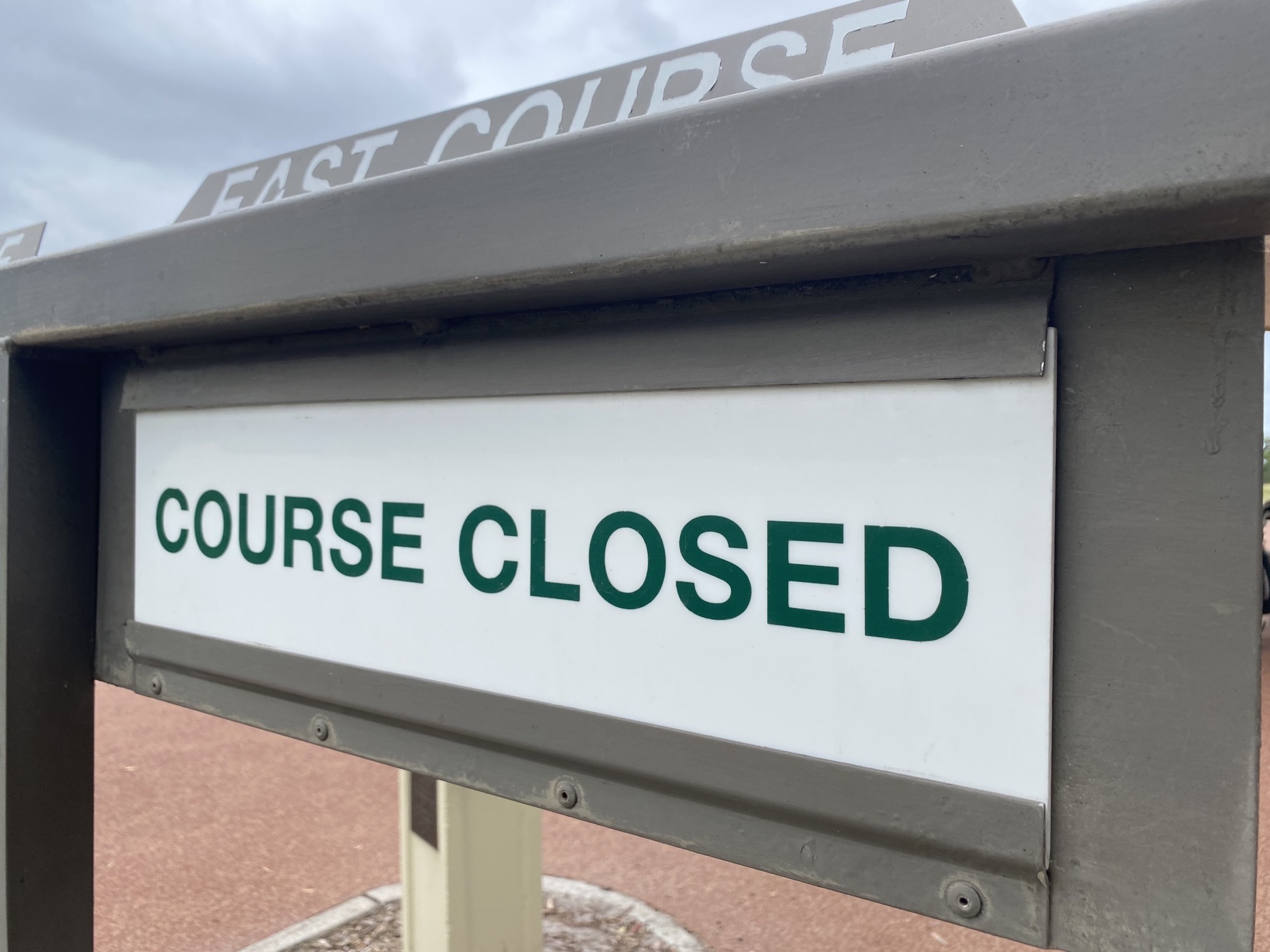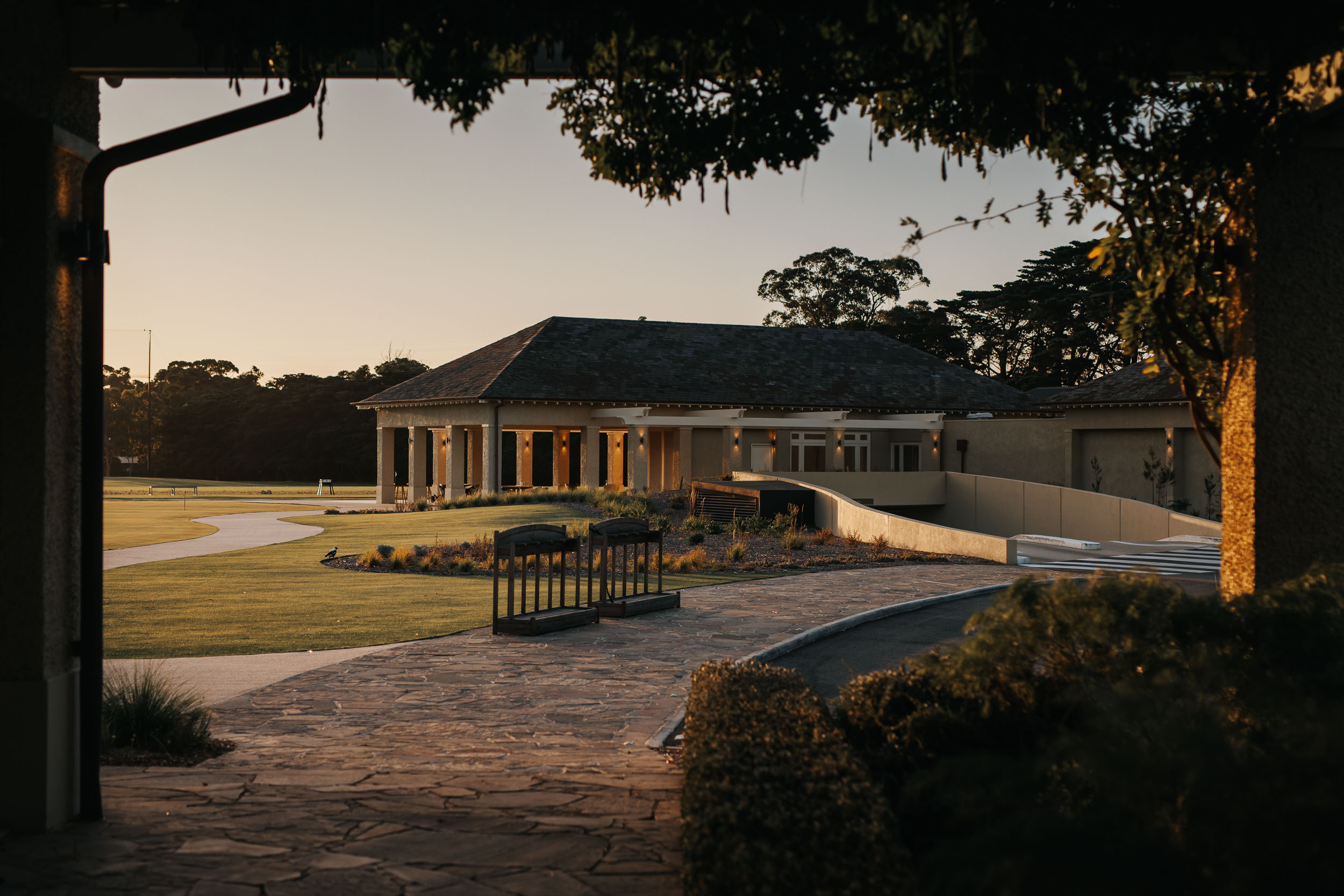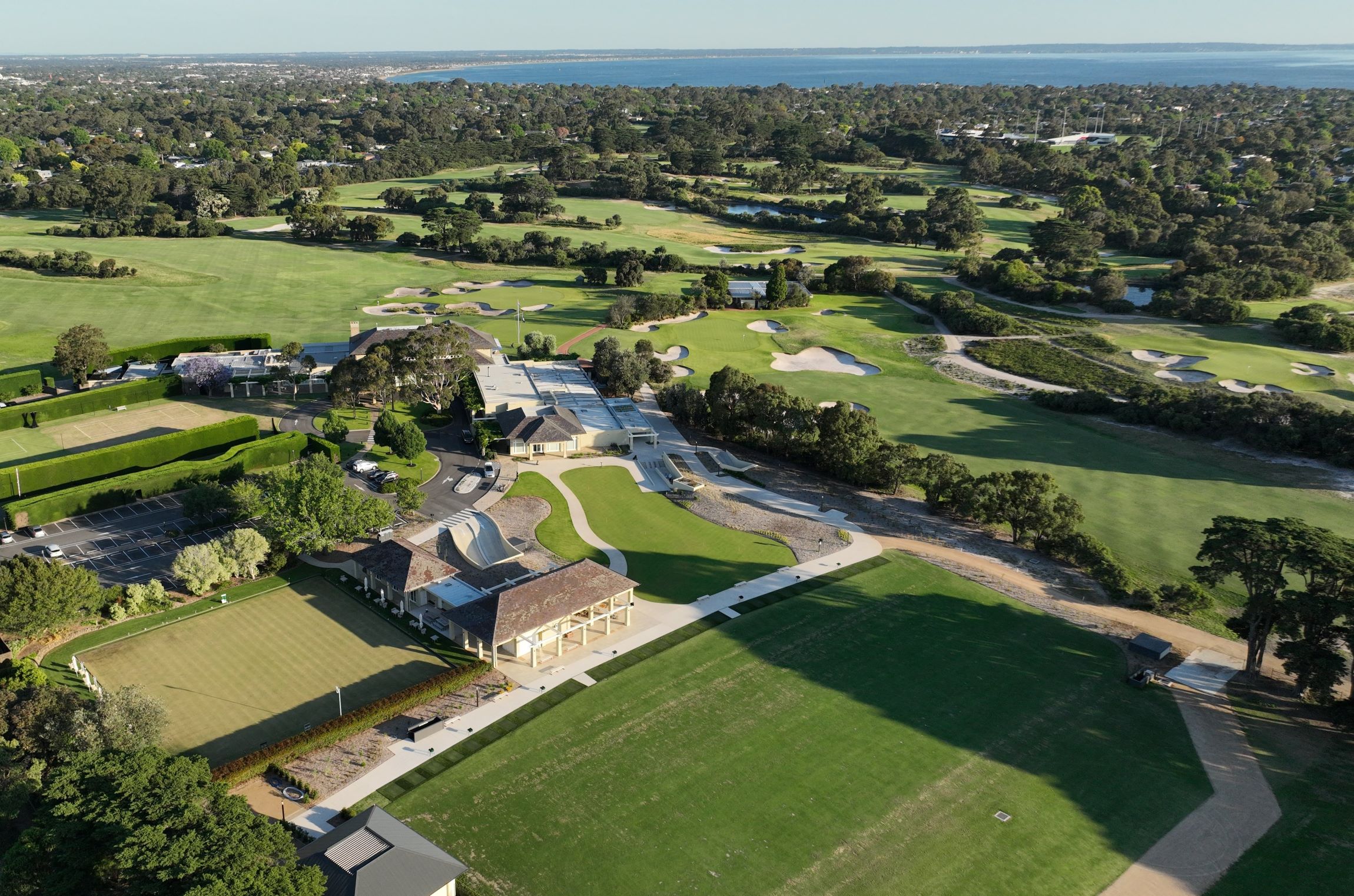A Short History of The Royal Melbourne Golf Club
Established in 1891, The Royal Melbourne Golf Club is one of the pre-eminent clubs in the world. Here, we look back at the significant events, milestones and decisions which have shaped the Club over the past 130 years – and pay tribute to the leading figures who have helped establish its reputation and celebrated place in the game.
Historical Timeline
1891
The Club’s founding members gather with caddies in front of the Clubhouse at the original site in Caulfield. Among those present were Robert Balfour Melville, the Club’s first Life Member, LKS Mackinnon, later a long-serving President, and John Munro Bruce, the Club’s first Captain. The Caulfield course, it is said, was laid out by Thomas Finlay and David Conacher in ‘a matter of weeks’ and officially opened on 4 July 1891, barely two months after the Club was established.
1895
Queen Victoria grants the Club the privilege of a Royal prefix, so The Royal Melbourne Golf Club is born.
1901
Royal Melbourne moves from Caulfield to Sandringham, on land which adjoins its current site at Black Rock. A grand clubhouse is built on the property and later extended to cater for the growing number of resident Members. Over the Sandringham period (1901-1931), the Club hosts 28 national championships, amateur and professional, for both men and women. This photograph shows a tournament taking place around 1910, with rows of seats beside the 1st tee and 18th green.
1920
Ivo Whitton was one the Club’s most famous figures, winning the Australian Open five times as an amateur from 1912-1931. In the photograph shown, Whitton can be seen (centre, facing camera) preparing for a round. The Club hosted eight Australian Opens during its time at Sandringham.
1926
The doyen of golf course architecture, Scotsman Dr Alister MacKenzie, is brought out to Australia by Royal Melbourne to consult on the Club’s new course at Black Rock. After a few weeks examining the site, he produces a layout design which is accepted by Members on 10 December. Alex Russell, a Member of the Club and 1924 Australian Open winner, is chosen to supervise its construction. This layout becomes the West Course, one of MacKenzie’s masterpieces (which include Augusta National, Cypress Point and Lahinch) created during the ‘golden age’ of golf architecture.
1931
Much of the early earthmoving work on the West and East Courses is done with horse-drawn plough and scoop. The club is fortunate to have as its head greenkeeper MA (Mick) Morcom, who was appointed to the role in 1905. A master course builder, Morcom is charged with constructing the greens and bunkers (as in the photograph shown) to MacKenzie’s plans. Together with Russell, he adds the East Course in 1931. The Morcom plough and scoop are now on display along the hedgerow driveway into the Club.
1935
Claude Crockford takes over as head greenkeeper from Morcom, who is suffering ill health.
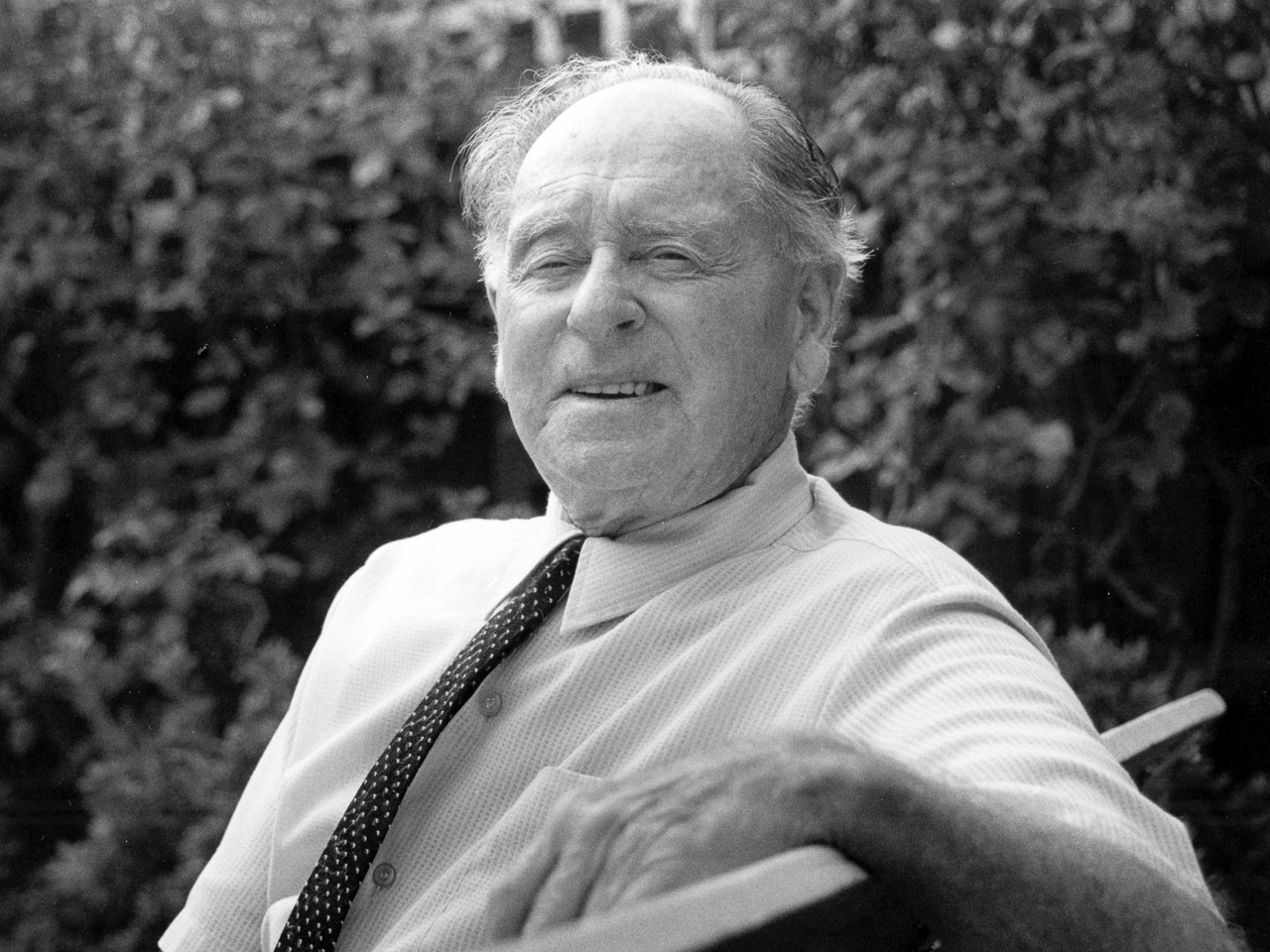
1935
Women’s golf begins to gain popularity and a visiting British Women’s team plays an Australian team on the East Course in August. A week later, the British players join the field for the Australian Women’s Amateur, also held around the East Course (pictured above). Two RMGC Members, Nellie Gatehouse and Mona MacLeod, feature prominently in state and national tournaments at this time and later take up roles in state and national women’s golf administration.
1956
Tom Crow, who won five Club Championships from 1955-1961, sets a course-record 63 around the West Course. Crow would later establish the Cobra Golf equipment brand.
1959
The Canada Cup, later to become the World Cup, is the first international professional men’s tournament to be hosted by Royal Melbourne, bringing with it global attention. In order to avoid having players and galleries cross busy roads, 12 holes of the West Course and six from the East – all on the ‘main paddock’ – are chosen. This layout becomes known as the Composite Course. Countries are represented by teams of two and the Australian pair of Peter Thomson and Kel Nagle eventually prevail by 10 strokes over the US team of Cary Middlecoff and Sam Snead.
1962
Royal Melbourne is the host venue for a Shell’s Wonderful World of Golf televised match between Gary Player and Peter Thomson. The match, refereed by Gene Sarazen, is played on the West Course and won comfortably by Thomson.
1970s
The Club begins hosting important tournaments on a regular basis, partly because of the rapid growth of professional golf in Australia and partly because the Composite Course is gaining a strong international reputation. Through this decade, and the next, RMGC is the venue for the World Cup (1972), Chrysler Classic (1974-1976; won by Bob Shearer,
pictured, in the first and last years), Australian PGA (1978-1983) and three Australian Opens (1984, 1985, 1987).
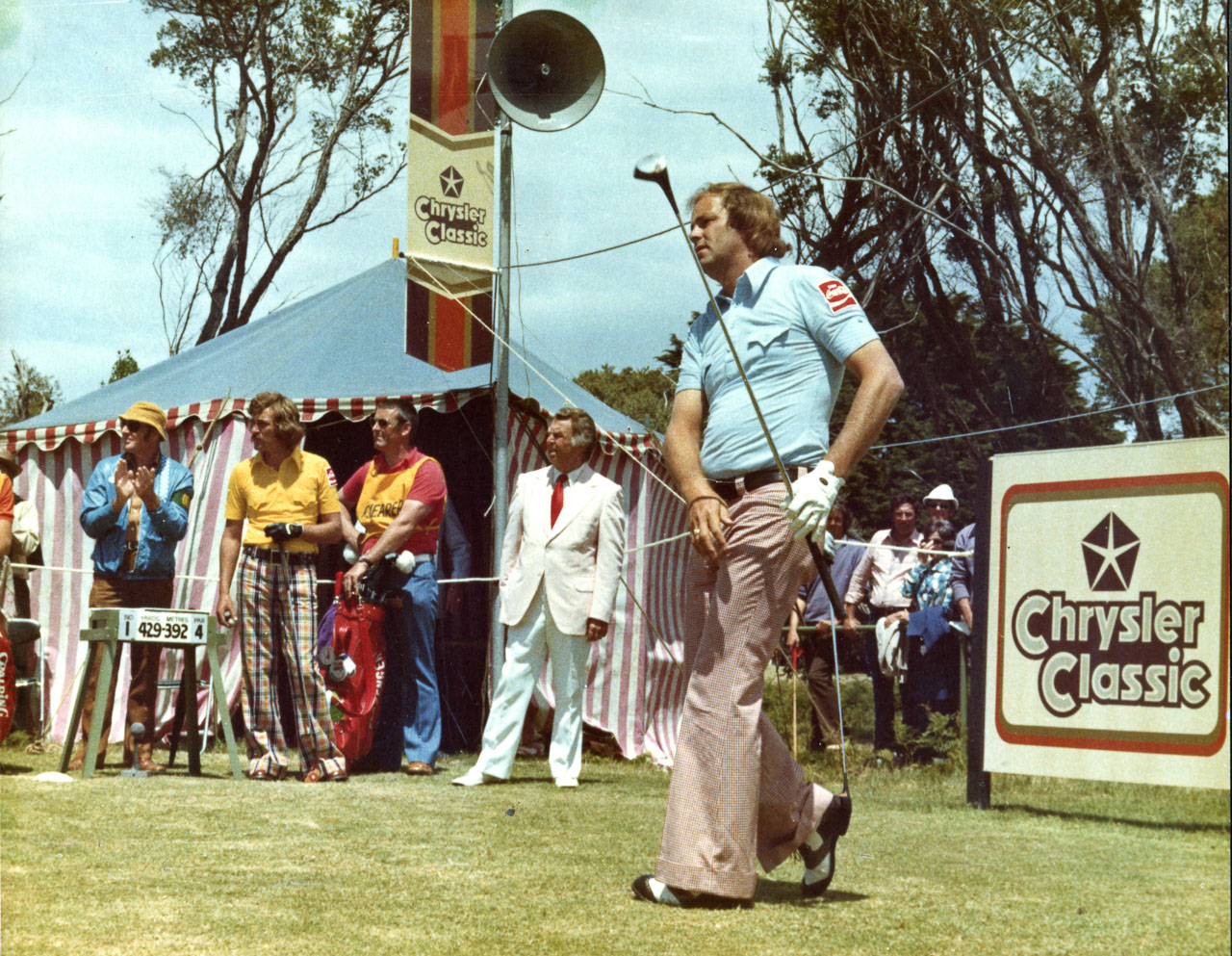
1979
Bruce Green returns to RMGC as Head Professional, succeeding Alex Orr, having been a caddie during his schooldays. He goes on to become a popular mainstay of the Club, retiring only in 2018 after a wonderful career as player and teacher.
1987
The Club introduces a Course Watering Scheme, an important and somewhat controversial move because it was generally felt that Sandbelt courses should have fast-running fairways, firm greens and a natural linksy feel. Watering was considered by many to be anathema to the upkeep of classic links. Over time, though, the scheme has proved a resounding success.
1991
The Club celebrates its Centenary year with an extensive program of activities, Member dinners and, in November, the men’s Australian Open (won by Wayne Riley). During the year, the Australian Women’s Amateur Championship and Interstate Team matches are also held and a 16-year-old Queenslander by the name of Karrie Webb teams with Loraine Lambert to claim the Amateur Foursomes Championship.
1998
The first Presidents Cup to be played outside the US is held at Royal Melbourne. Peter Thomson captains the International team and Jack Nicklaus the Americans. A newly re-routed Composite Course is unveiled for the tournament, with the closing three holes (18W, 1W, 18E) chosen for their proximity to the Clubhouse. The International team’s 20.5-11.5 victory remains its only success in 13 attempts at the Cup.
2003
Having operated from a marquee during the 2002 and 2003 Heineken Classics, RMGC in June unveils its new Clubhouse, complete with slate roof, spacious interiors and a second floor with majestic views over the property. The ‘marquee’ era marks the introduction of a more relaxed atmosphere at the Club.
2004
South Africa’s Ernie Els shoots a course-record 60 around the Composite Course during the Heineken Classic. On a windless opening day, Els was 12 under par through 14 holes and entertaining thoughts of breaking 60 but it was not to be. He went on, though, to claim his third straight Heineken title.
2007
In the midst of a severe drought, the Club embarks on a major project to harvest stormwater from a drain running through the back paddock on the East Course. A water storage lagoon, with a 40 megalitre capacity, is completed in 2008 adjacent to the maintenance facility.
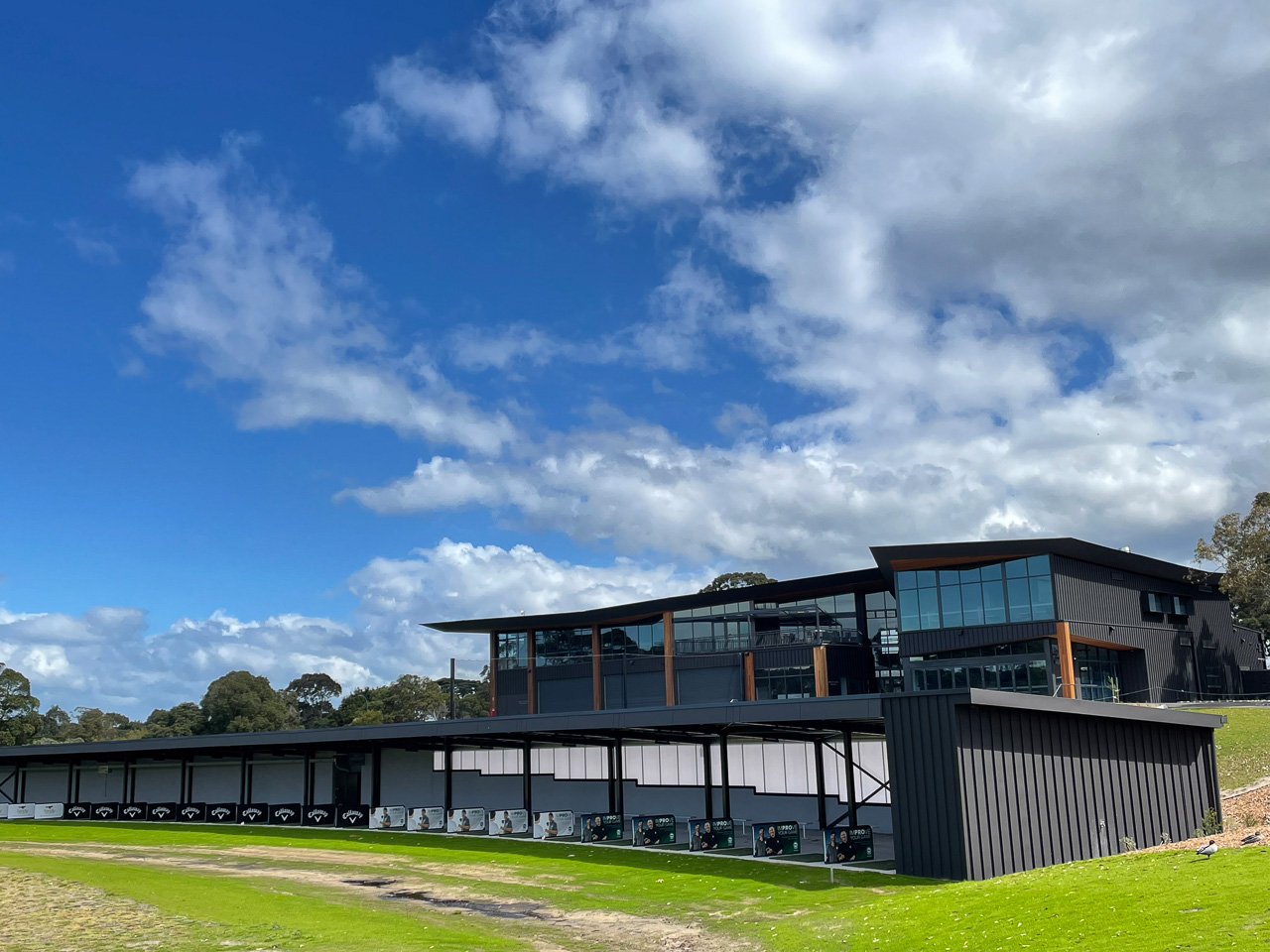
2010
The Club signs an agreement with the City of Bayside to operate the Sandringham Public Golf Course. The facility is greatly enhanced when the three golfing bodies (Golf Victoria, Golf Australia and the PGA of Australia) agree to establish a ‘home of golf’ on the site. The course is completely redesigned by the firm of Ogilvy Cocking Mead and the ‘Australian Golf Centre’ – complete with a floodlit driving range, Toptracer technology and café – becomes a reality with the support of the State Government.
2012
The Australian Women’s Open, co-sanctioned with the LPGA Tour, becomes the first women’s event to be played around the Composite Course. American Jessica Korda eventually prevails after an extraordinary six-way playoff to claim her first LPGA Tour title.
2013
Additional lined storage ponds are constructed in the space between 3W and 6W holes to hold an additional 20 megalitres of irrigation water.
2023
October 2023 saw the completion of a major upgrade to parking, practice and putting facilities – the 3PS Project. The new underground car park has capacity for 198 cars, 30 golf carts, 300 electric buggies, and 200 golf bags. A putting green over the car park links to the upgraded practice facilities with artificial turf and introduction of the latest golf simulator technology, a practice pavilion with café and an extended and upgraded bowls pavilion.
The Royal Melbourne
Golf Club
Cheltenham Road, Black Rock
Victoria, Australia 3193
Contact Us
+61 3 9599 0500
rmgc@royal.melbourne


